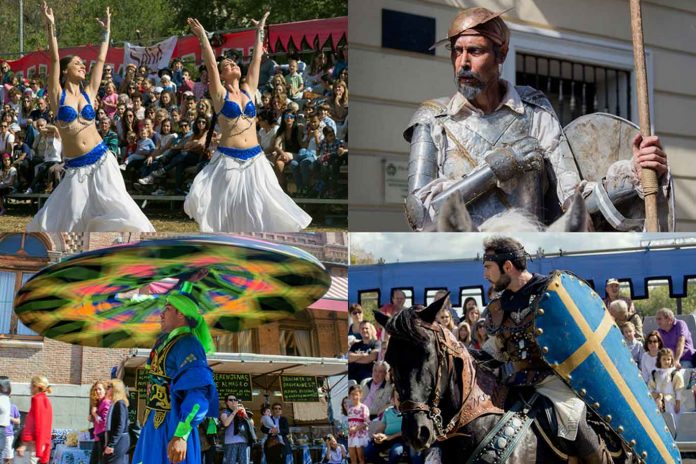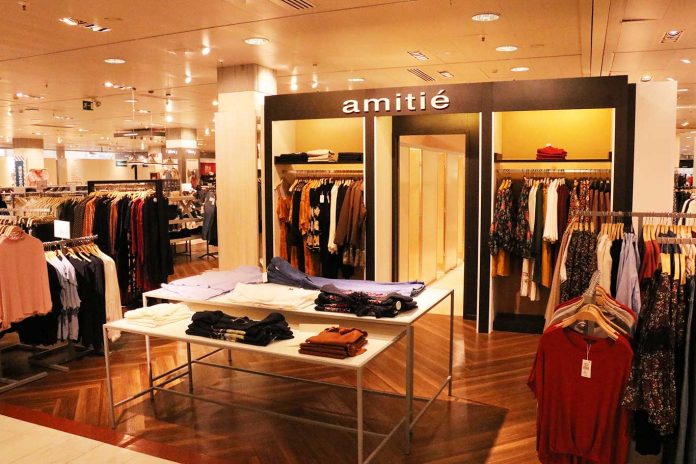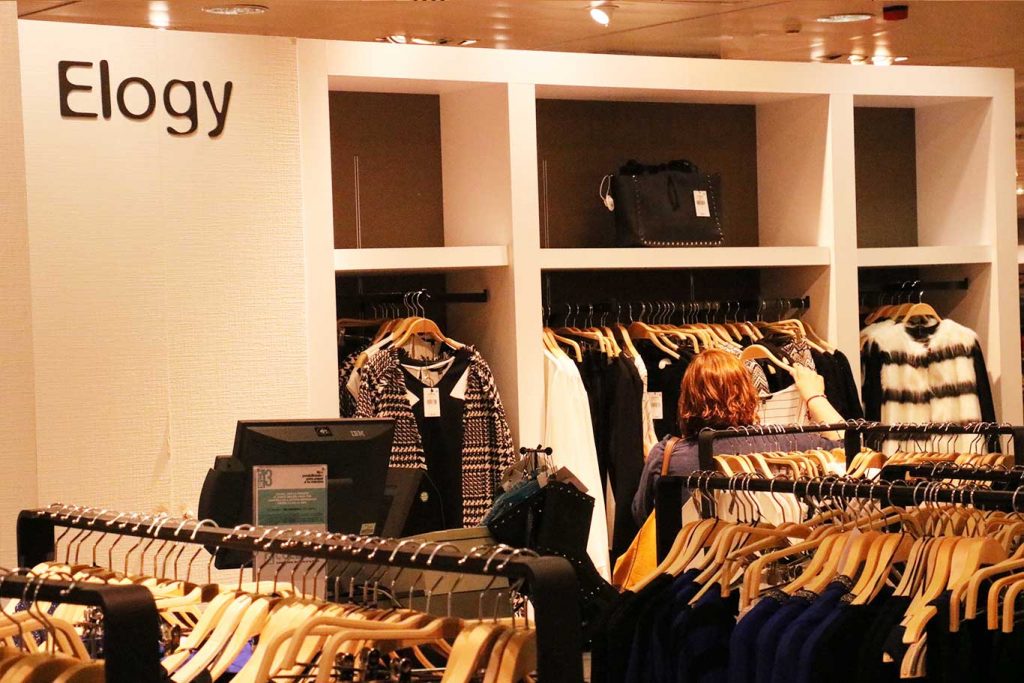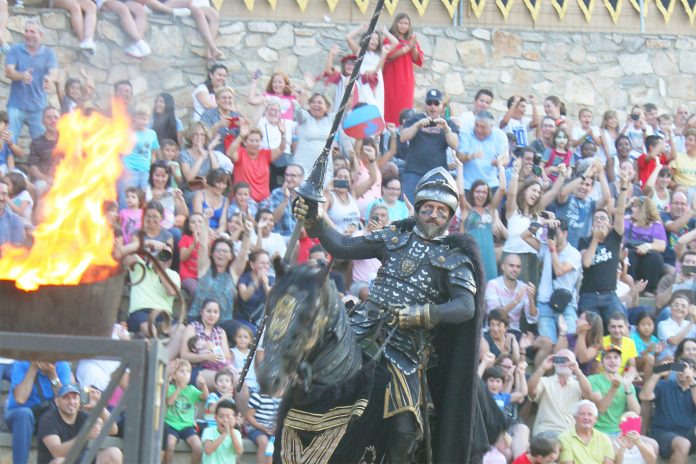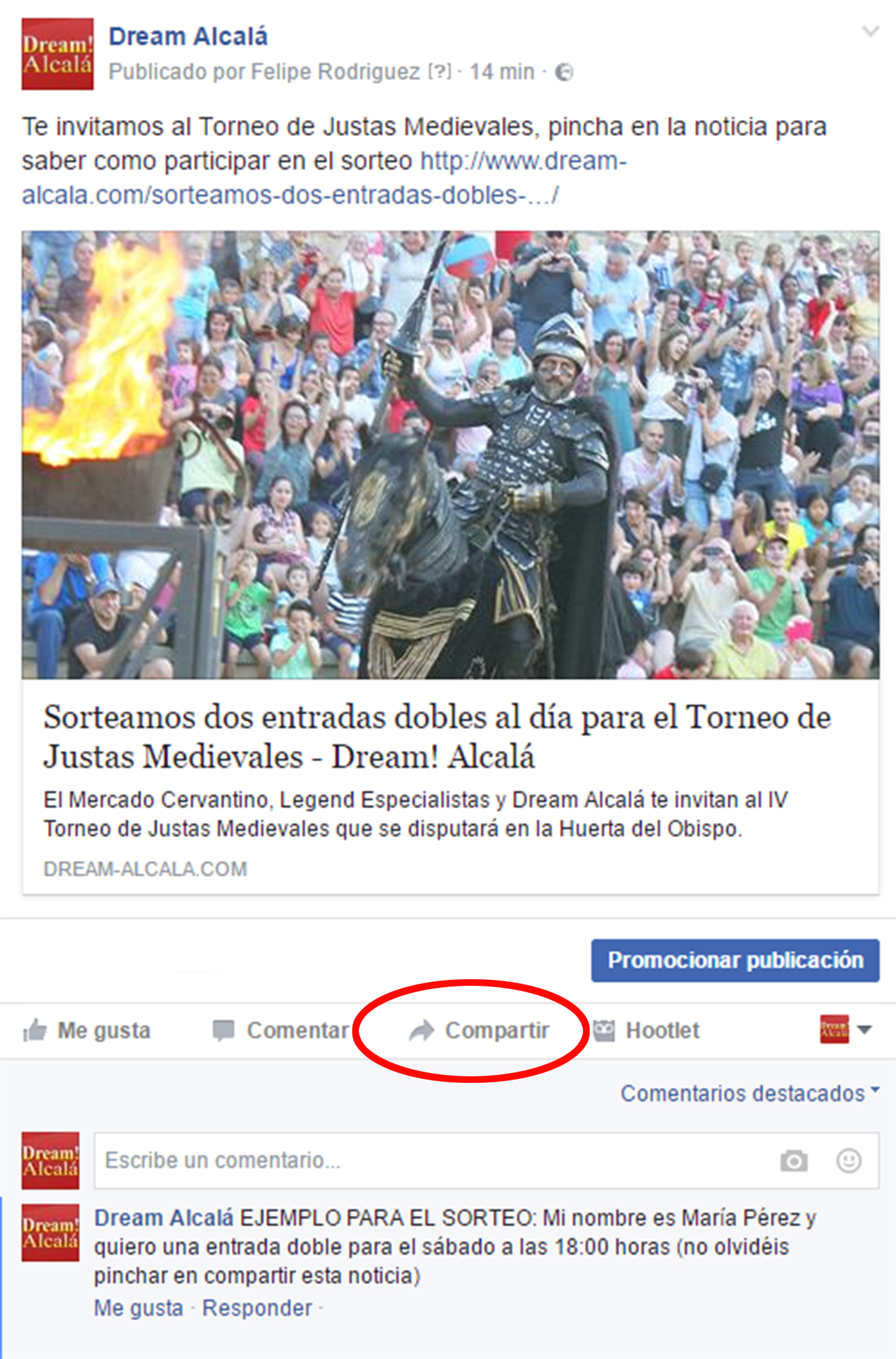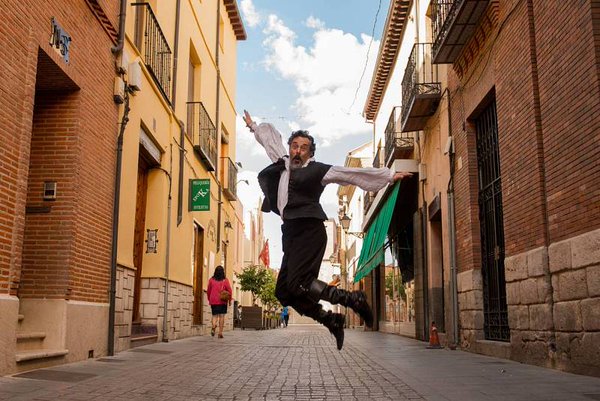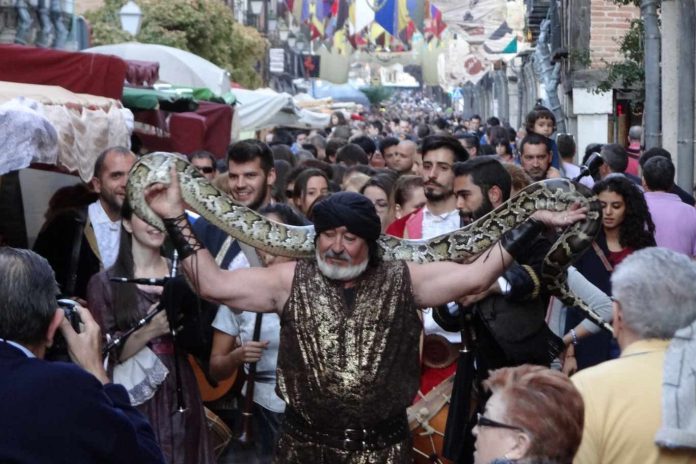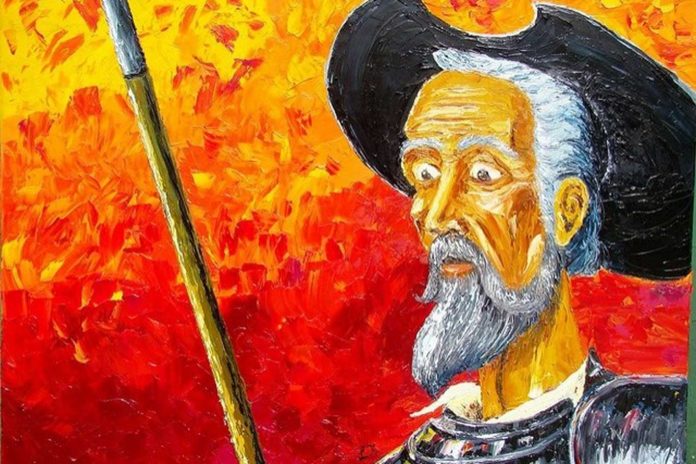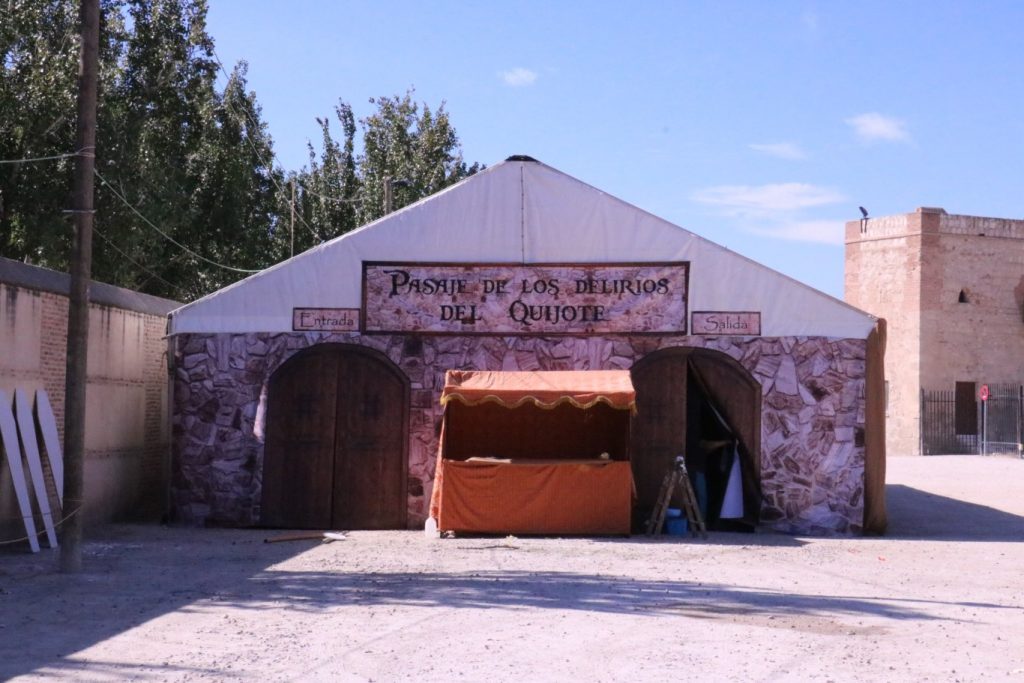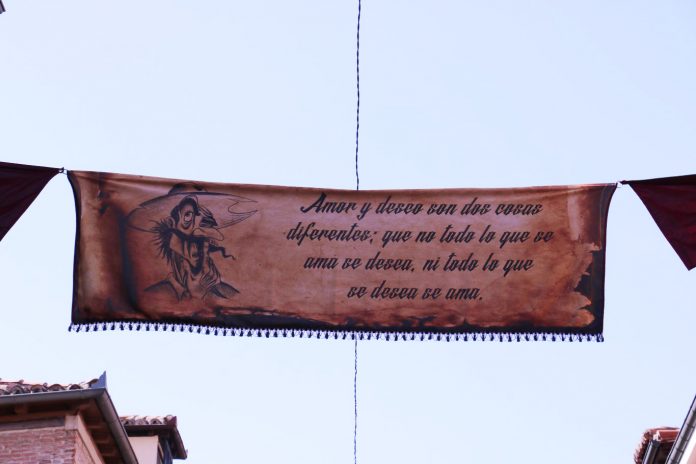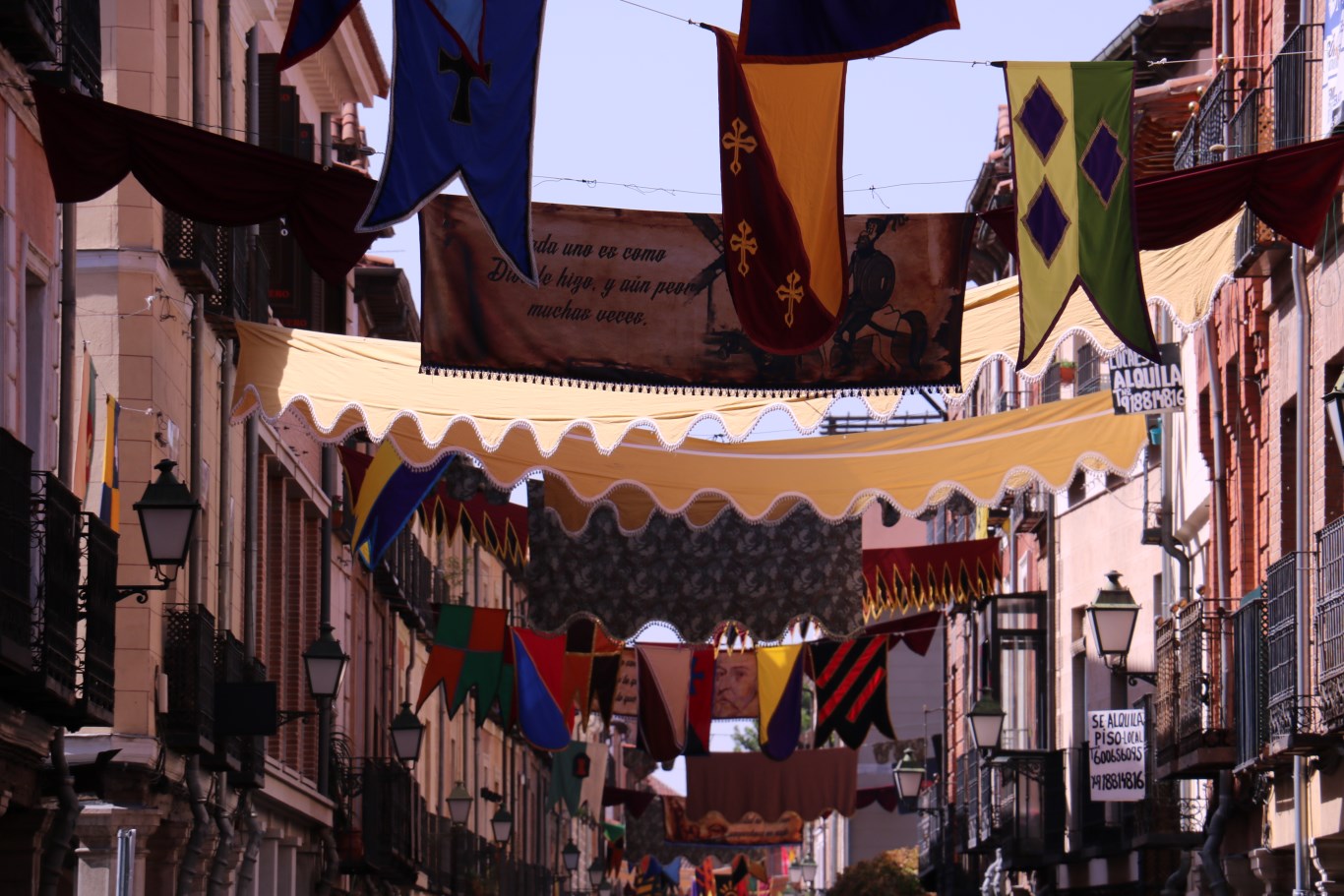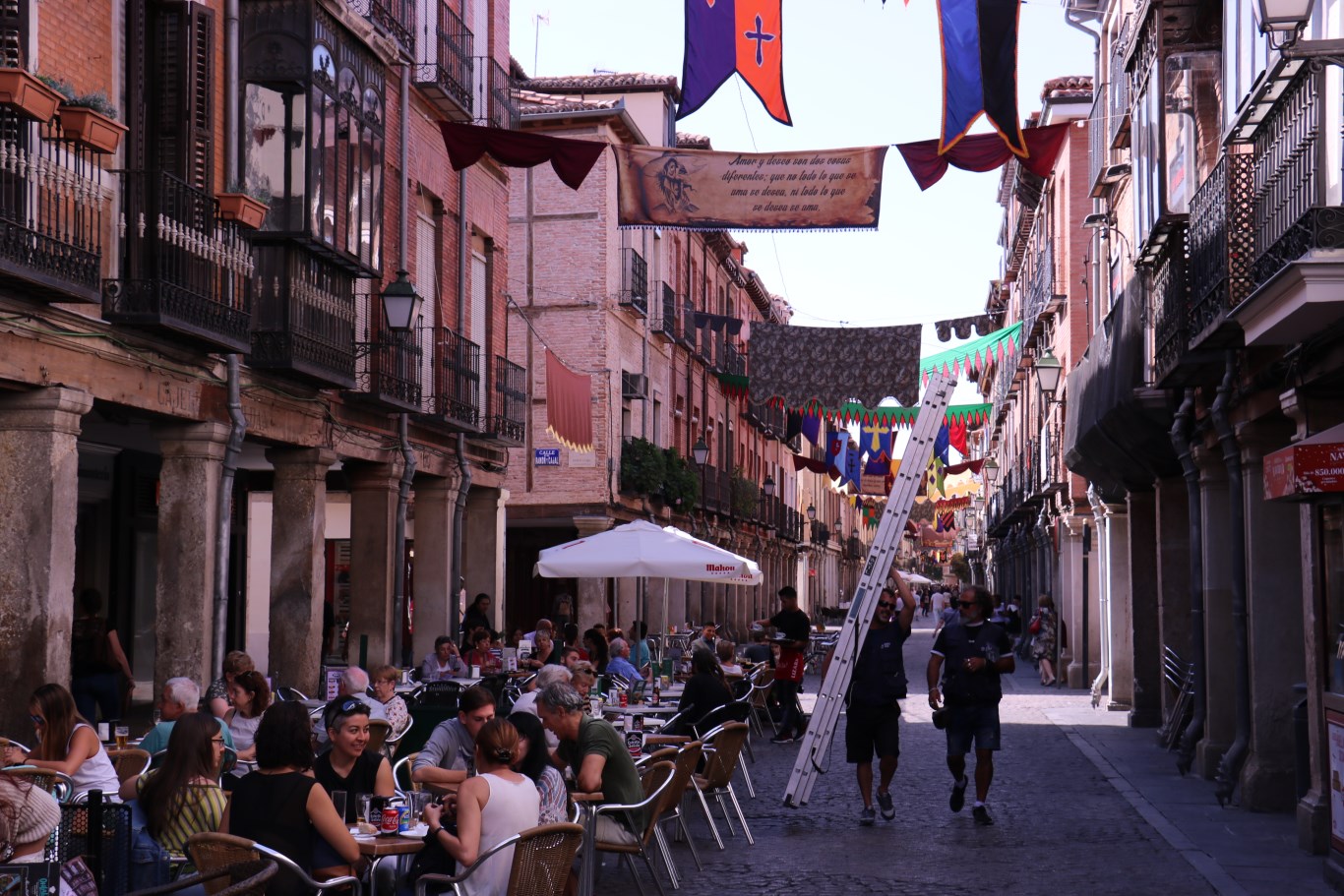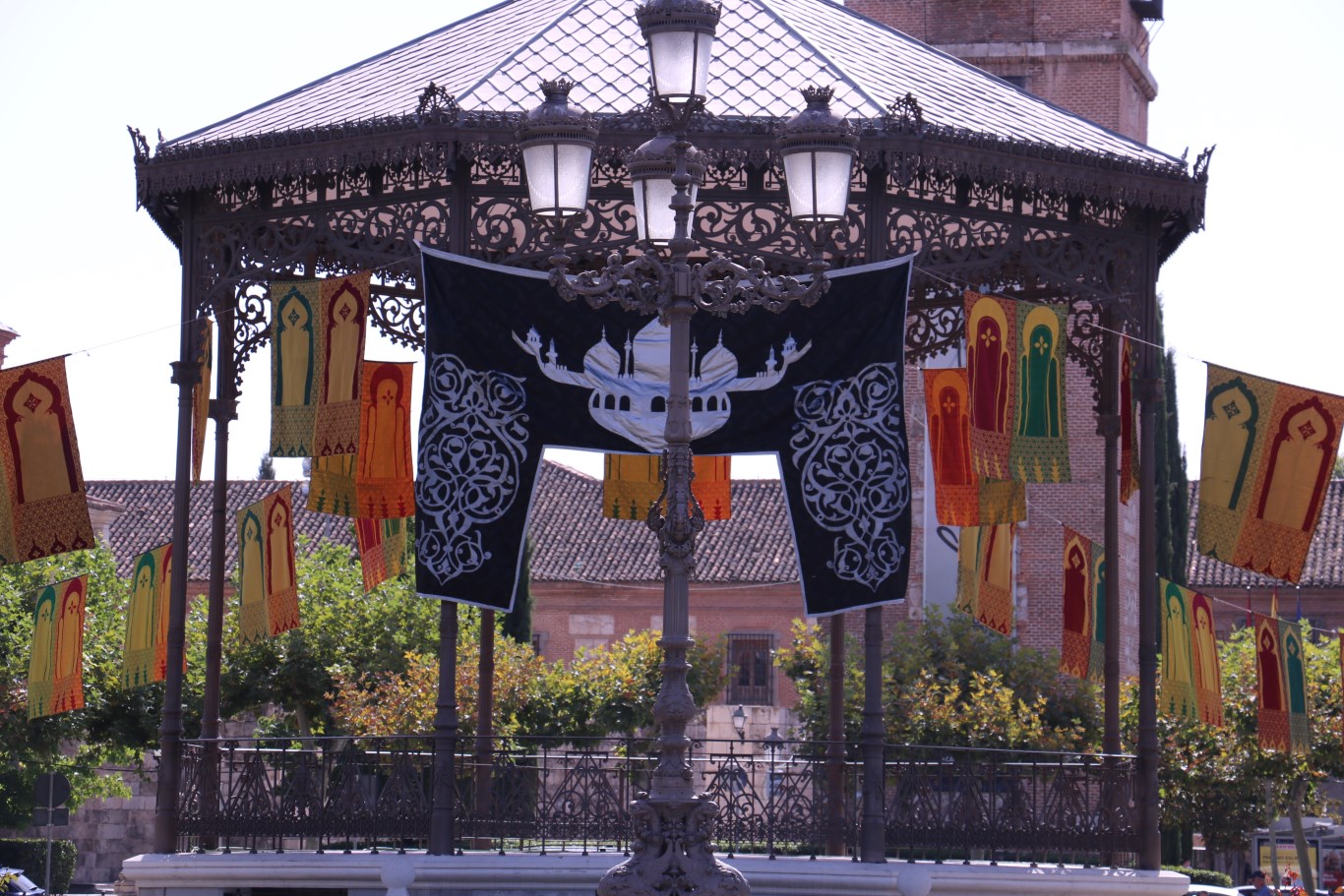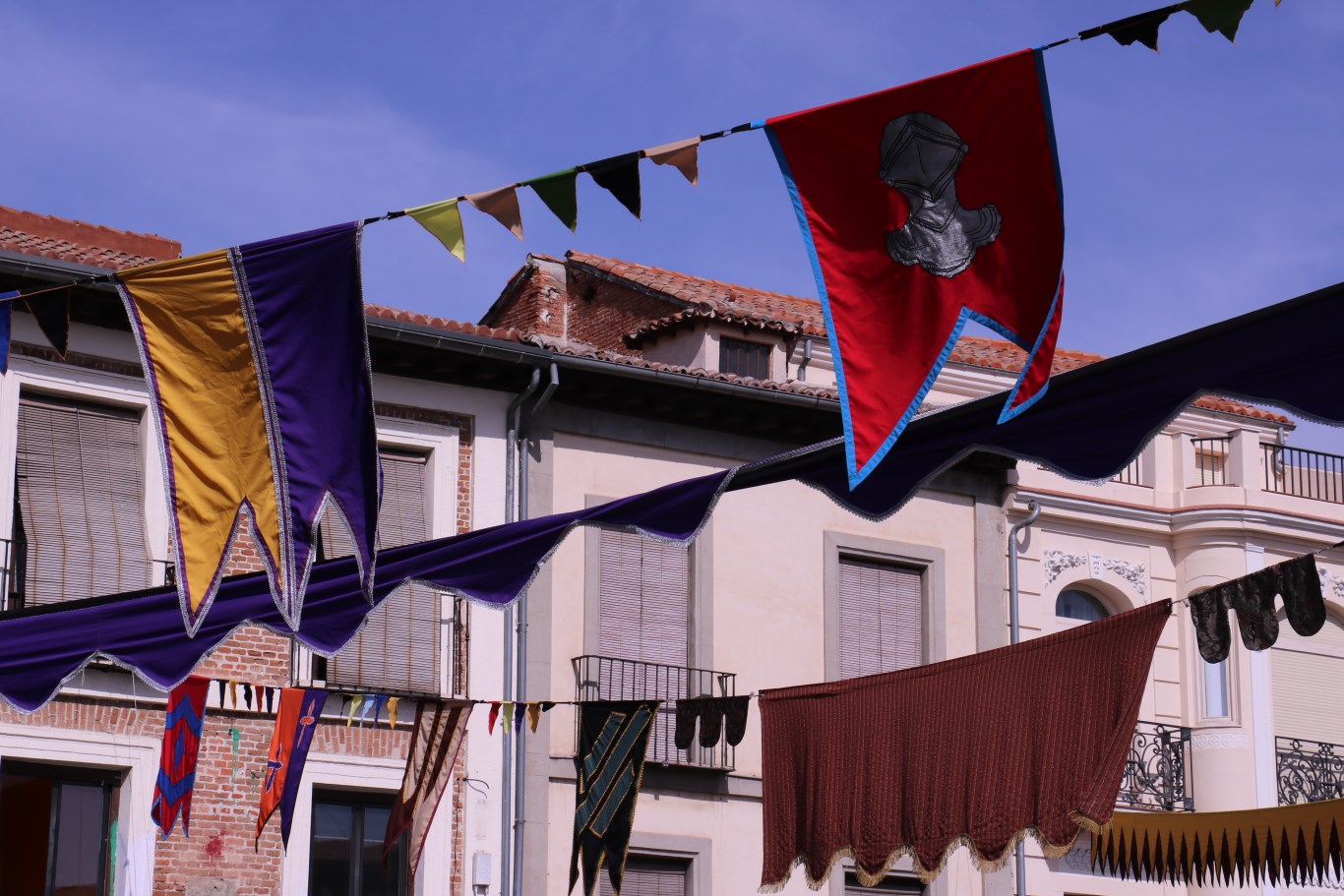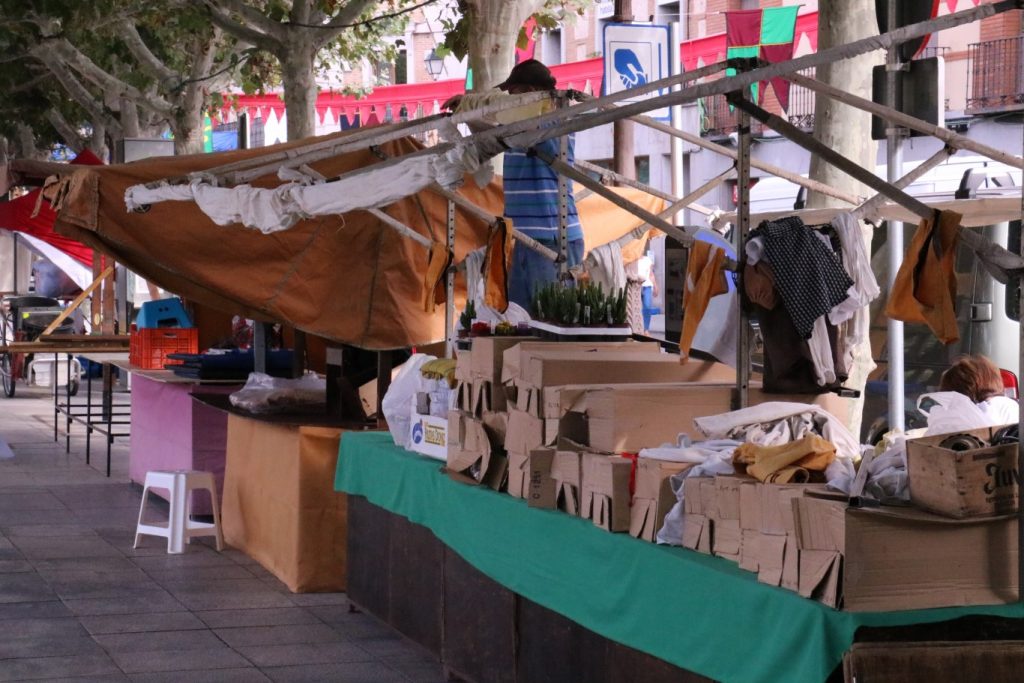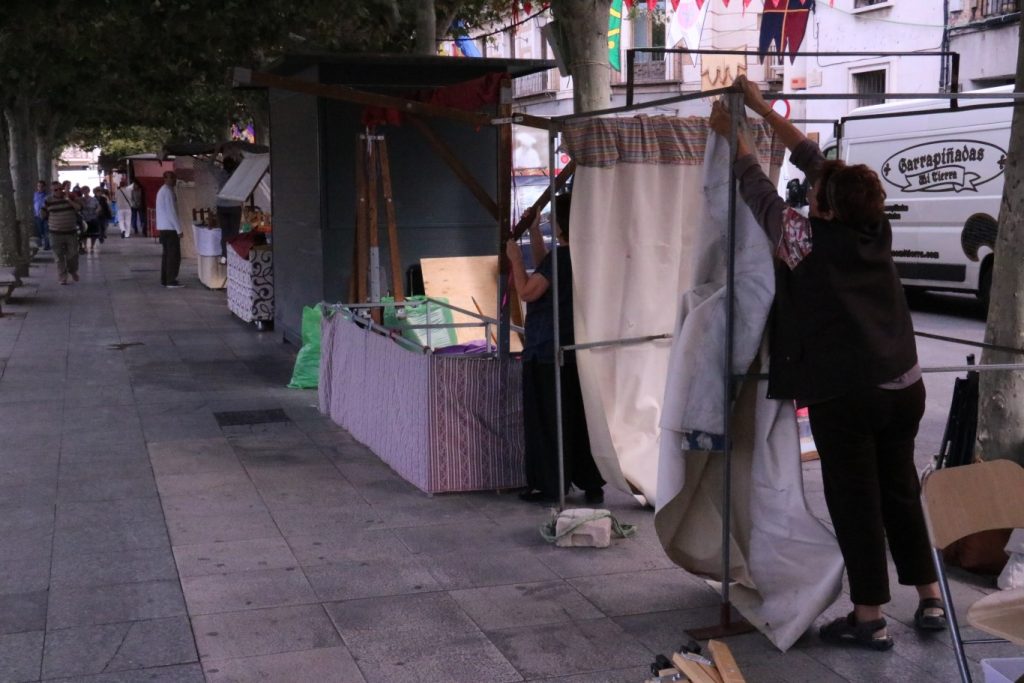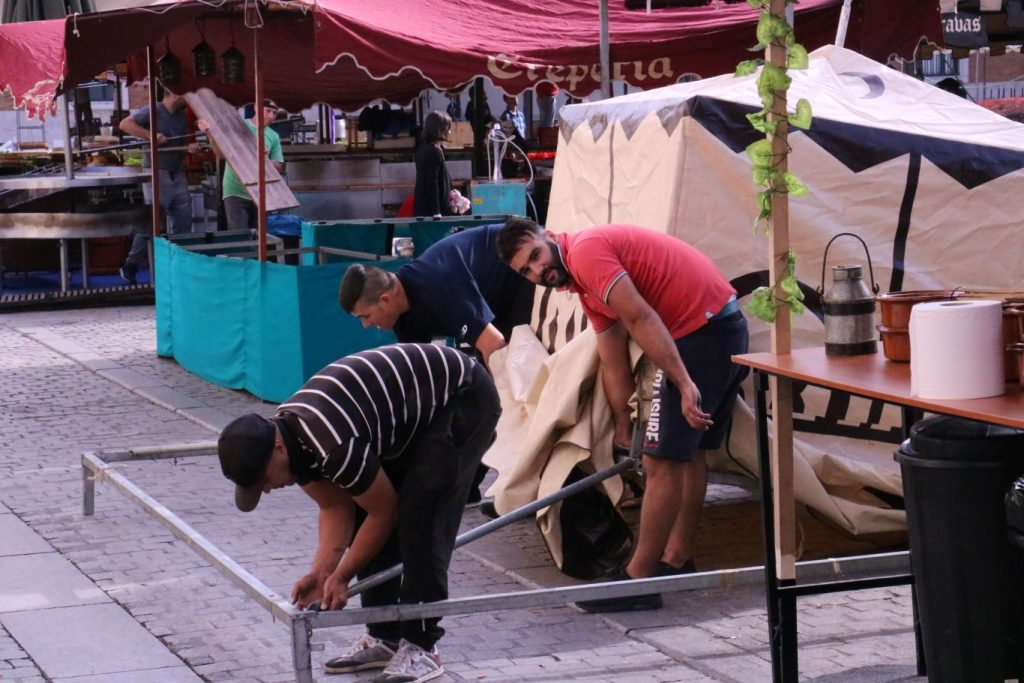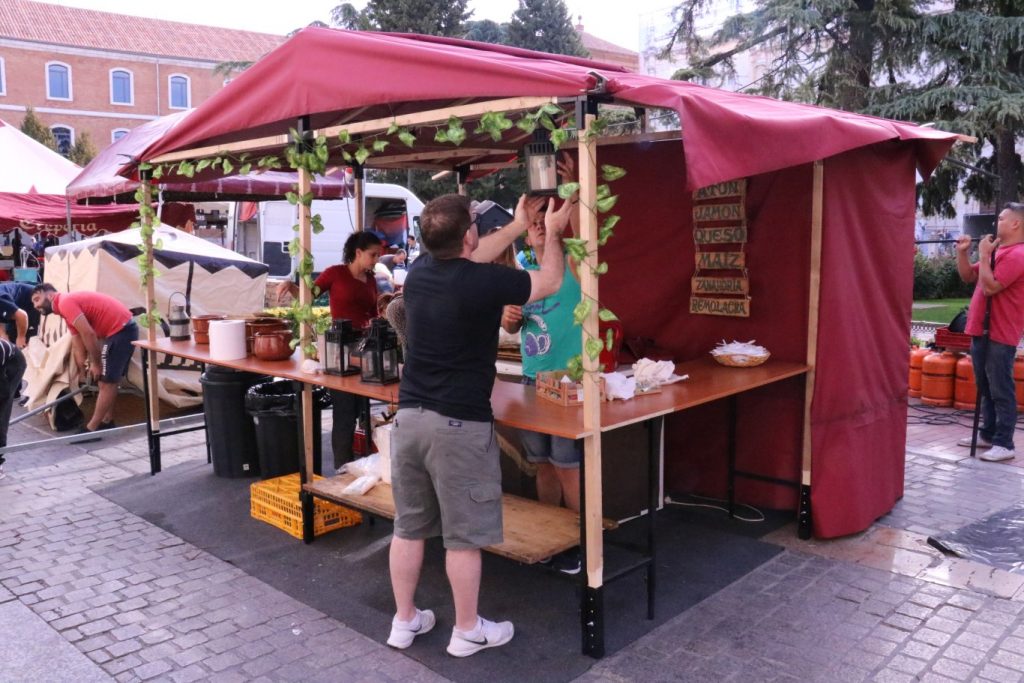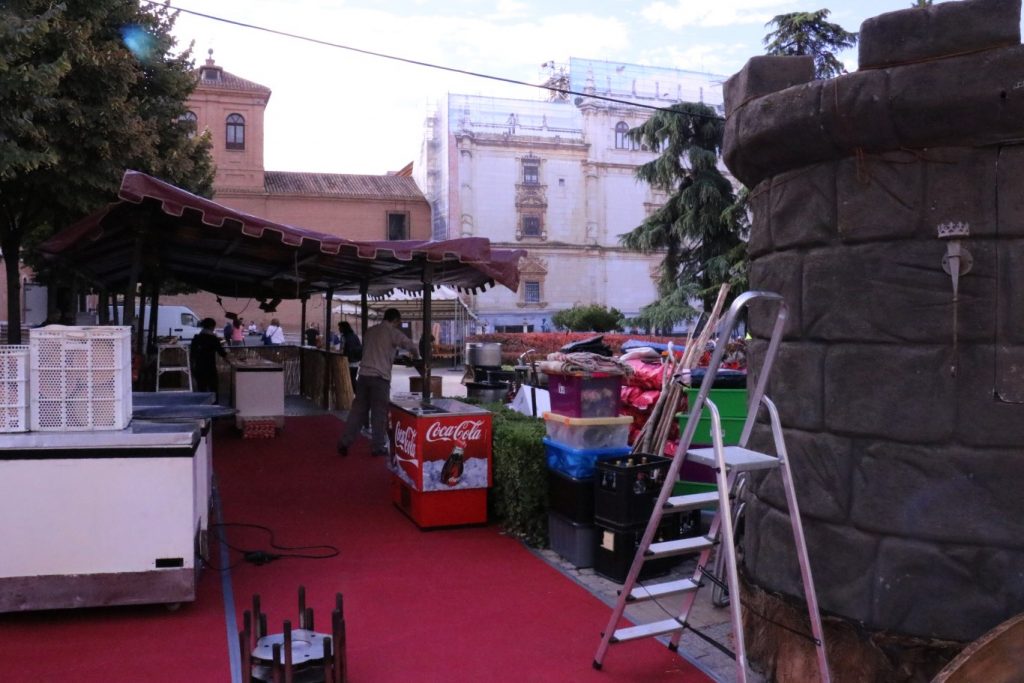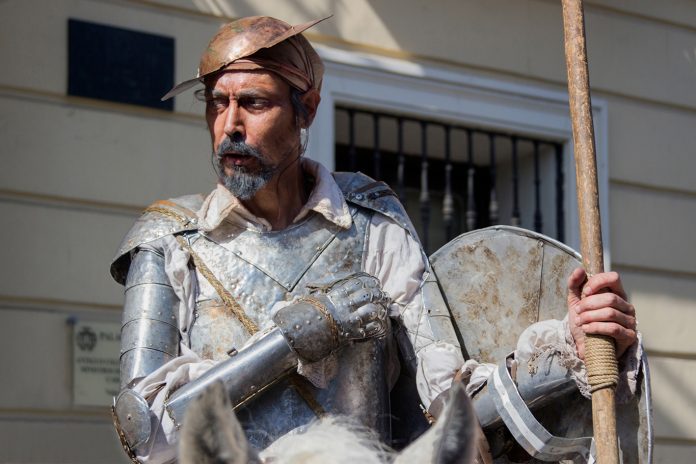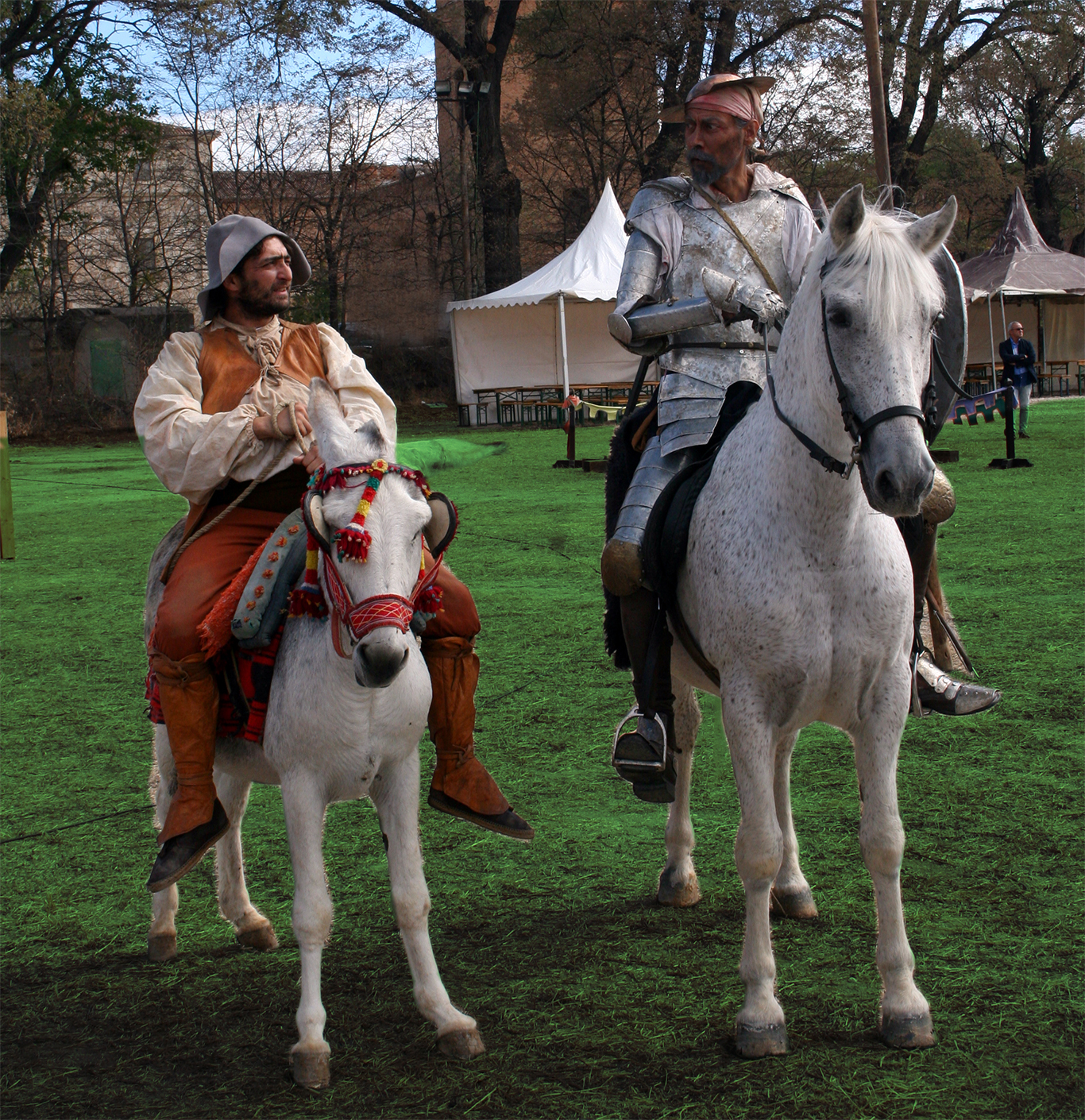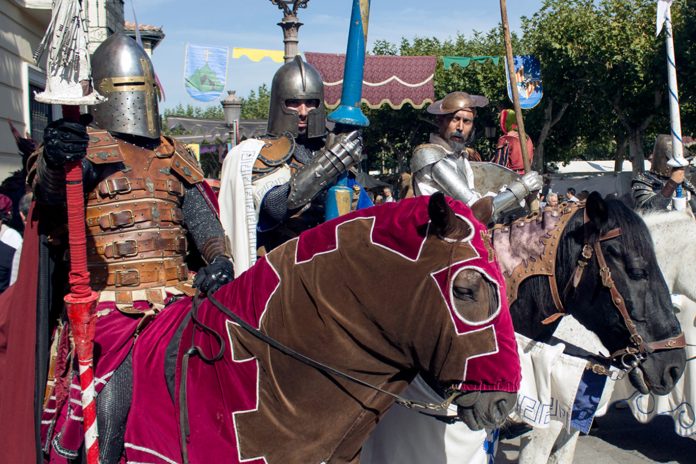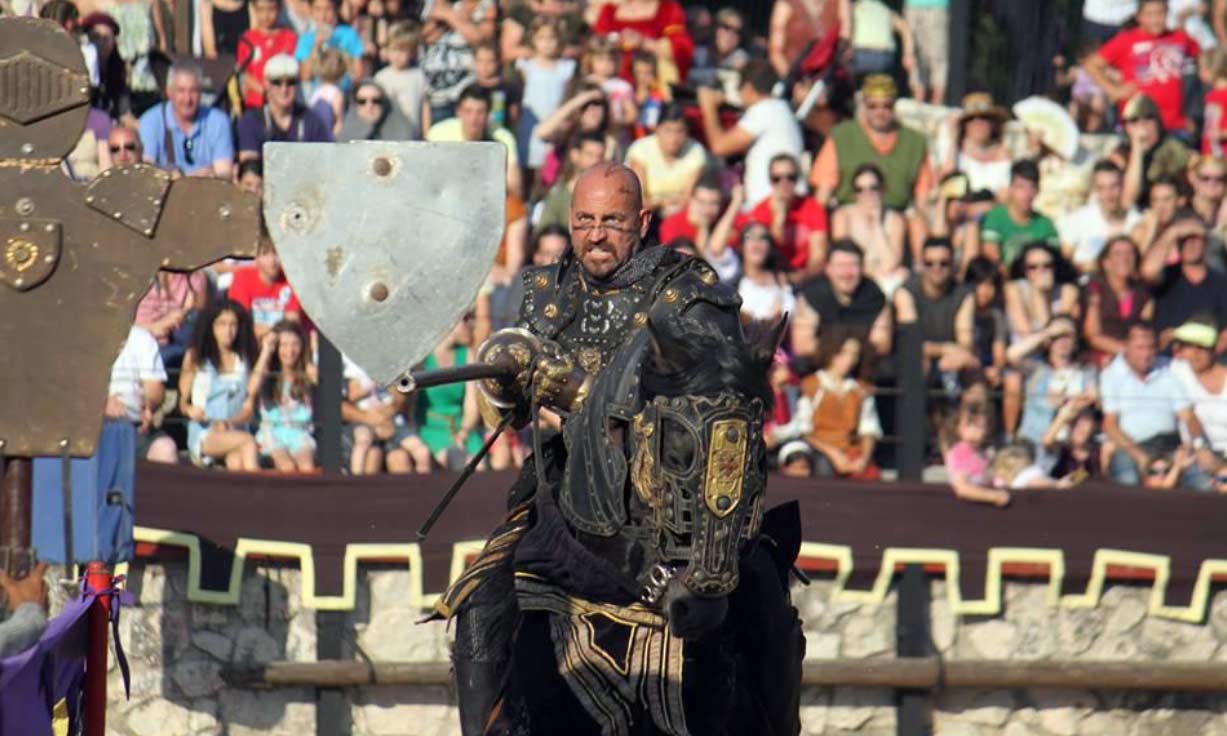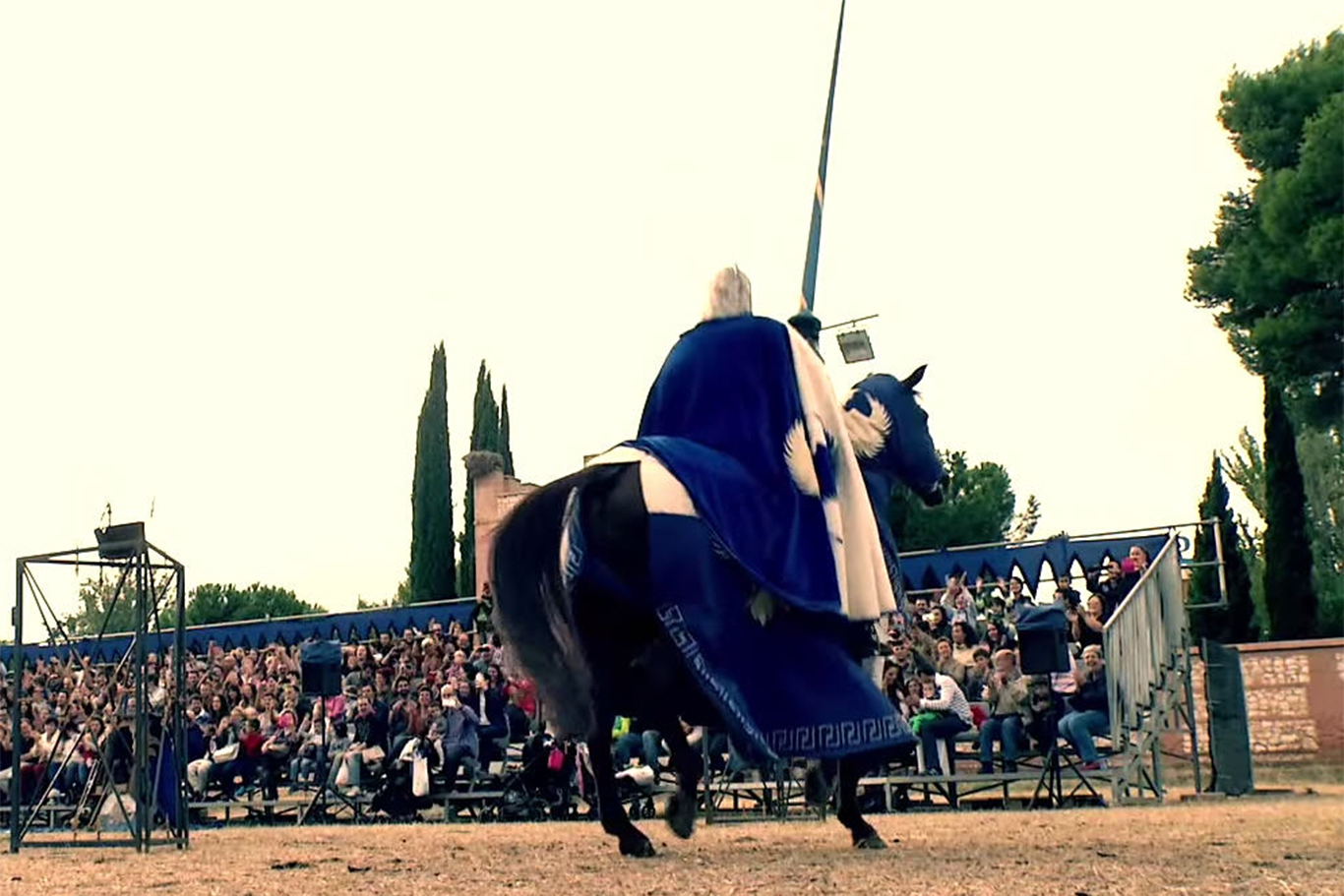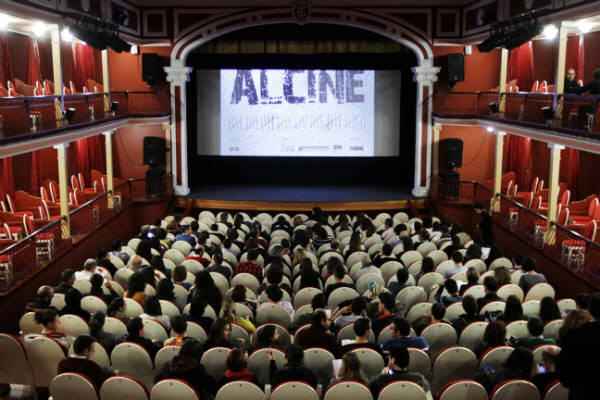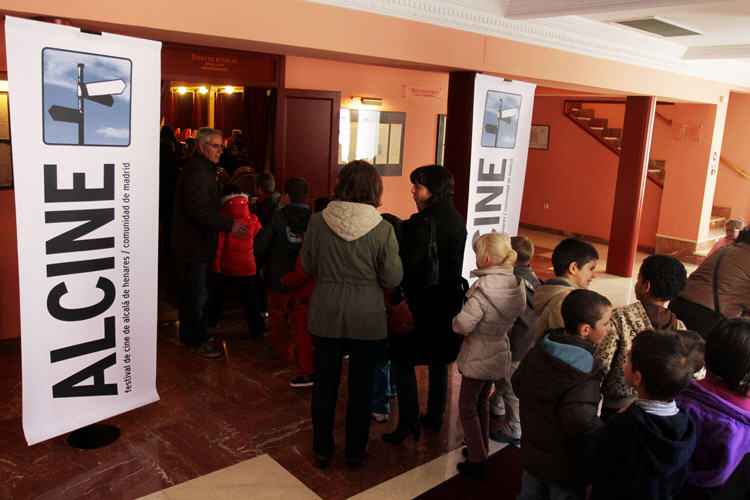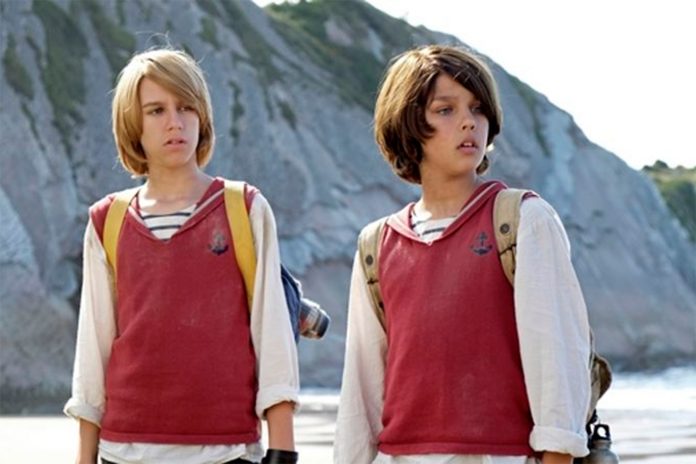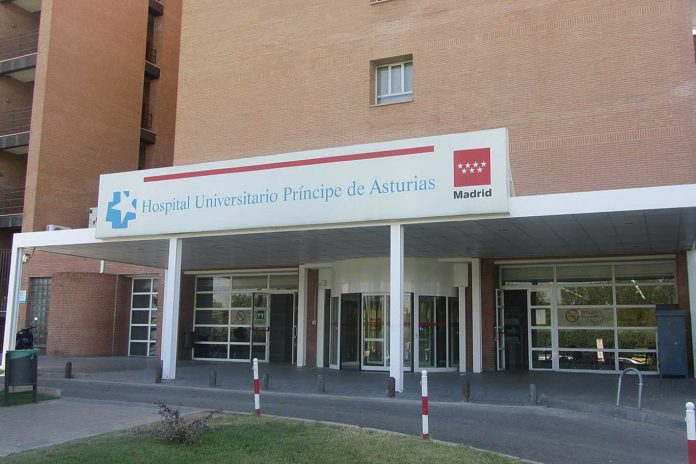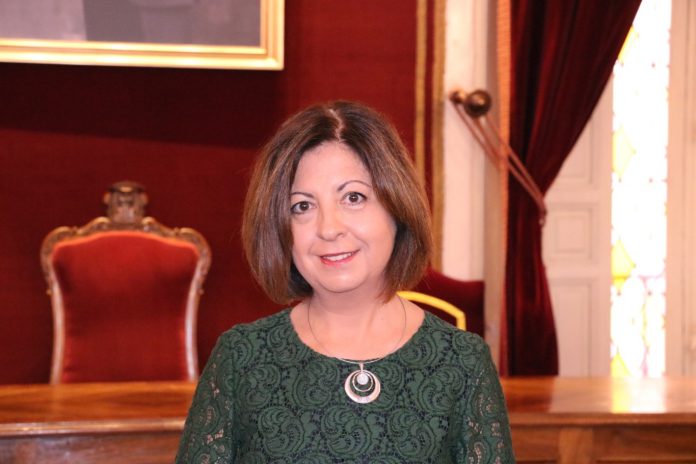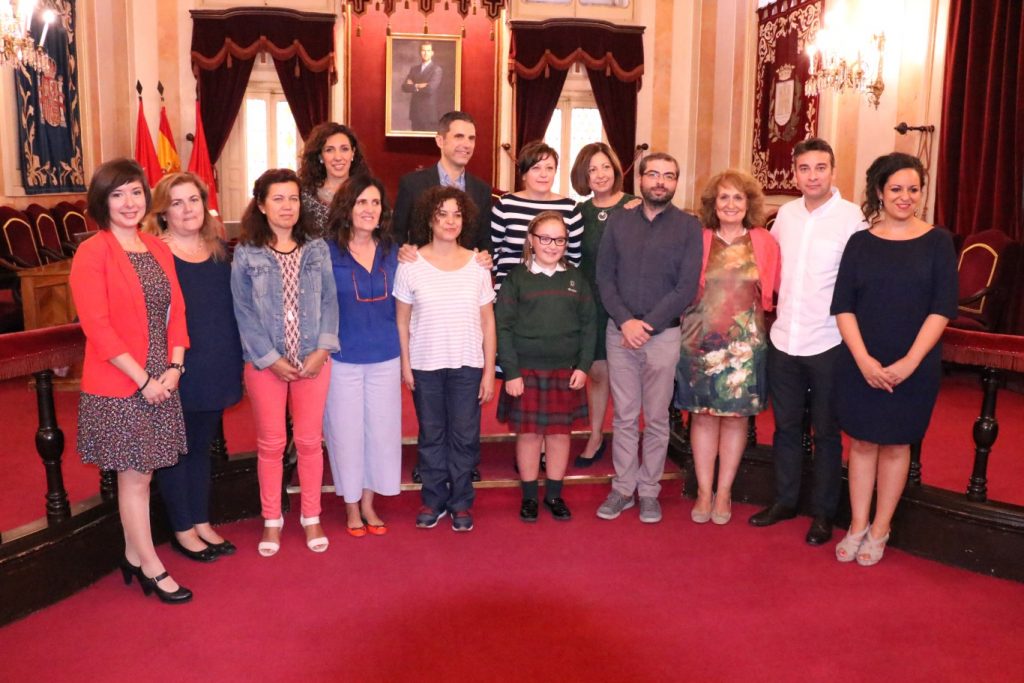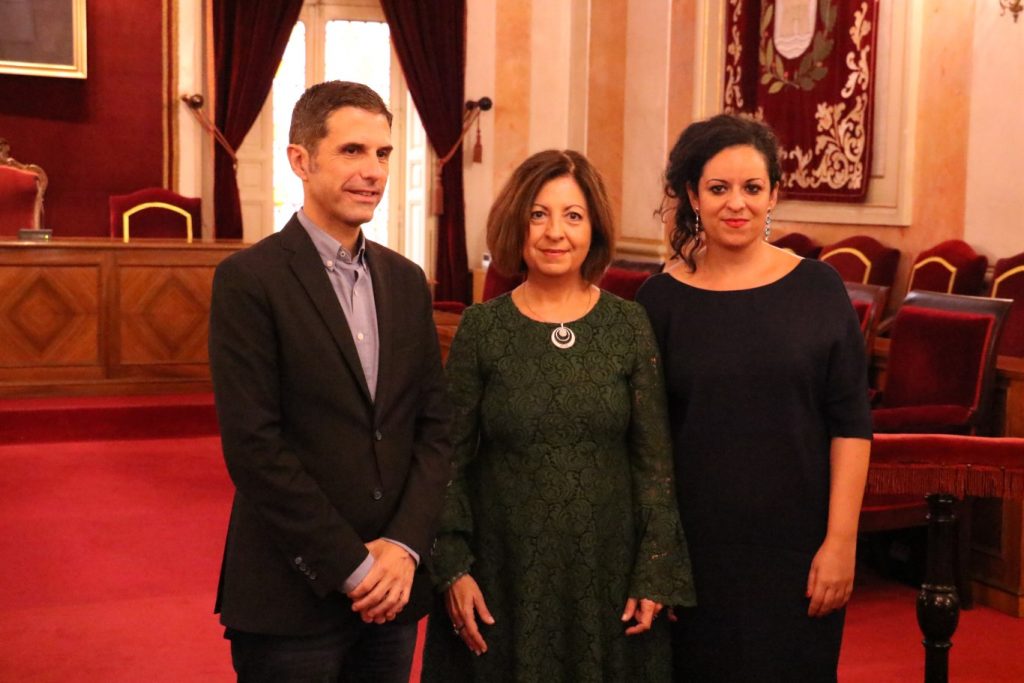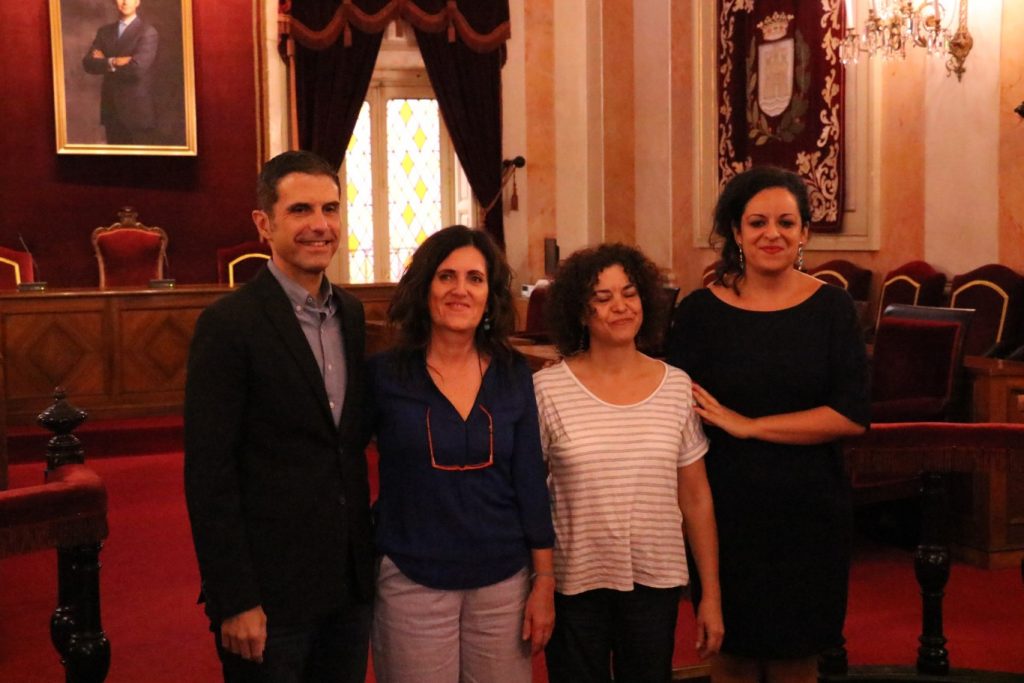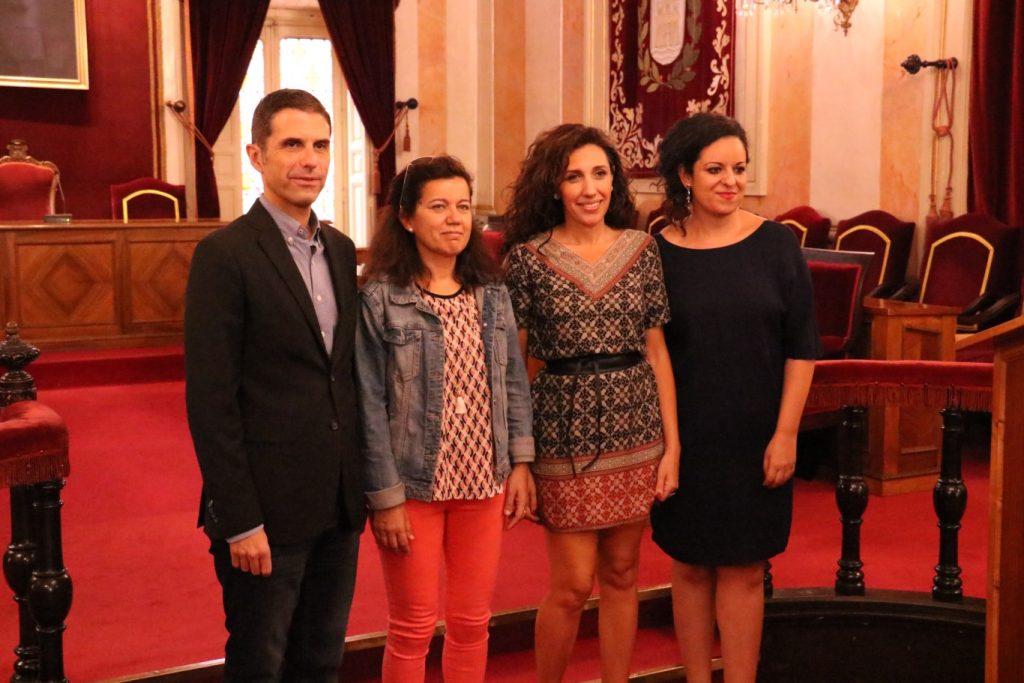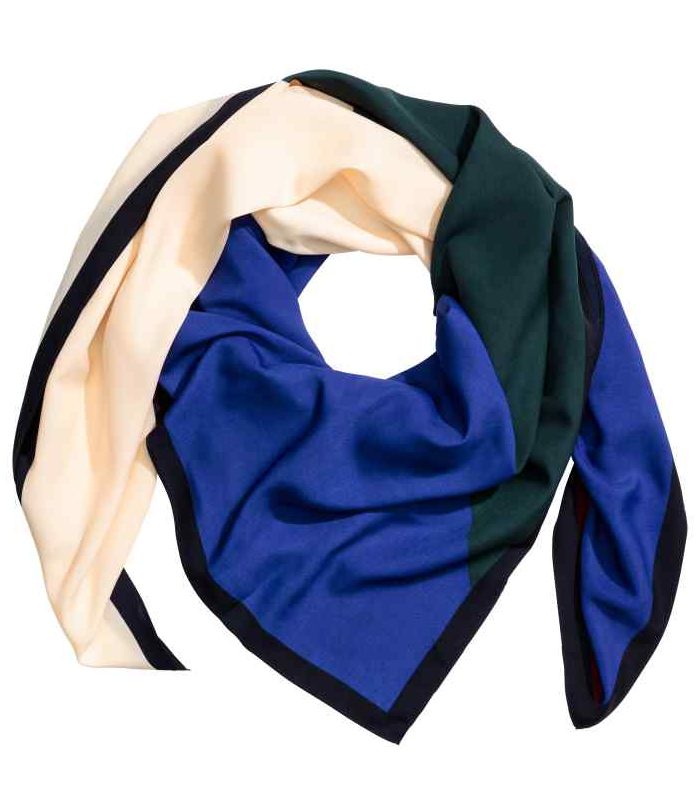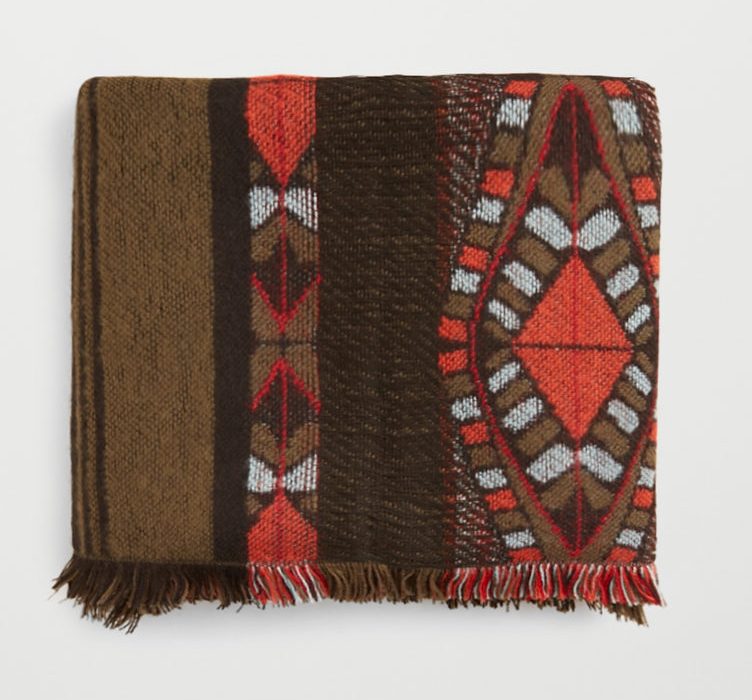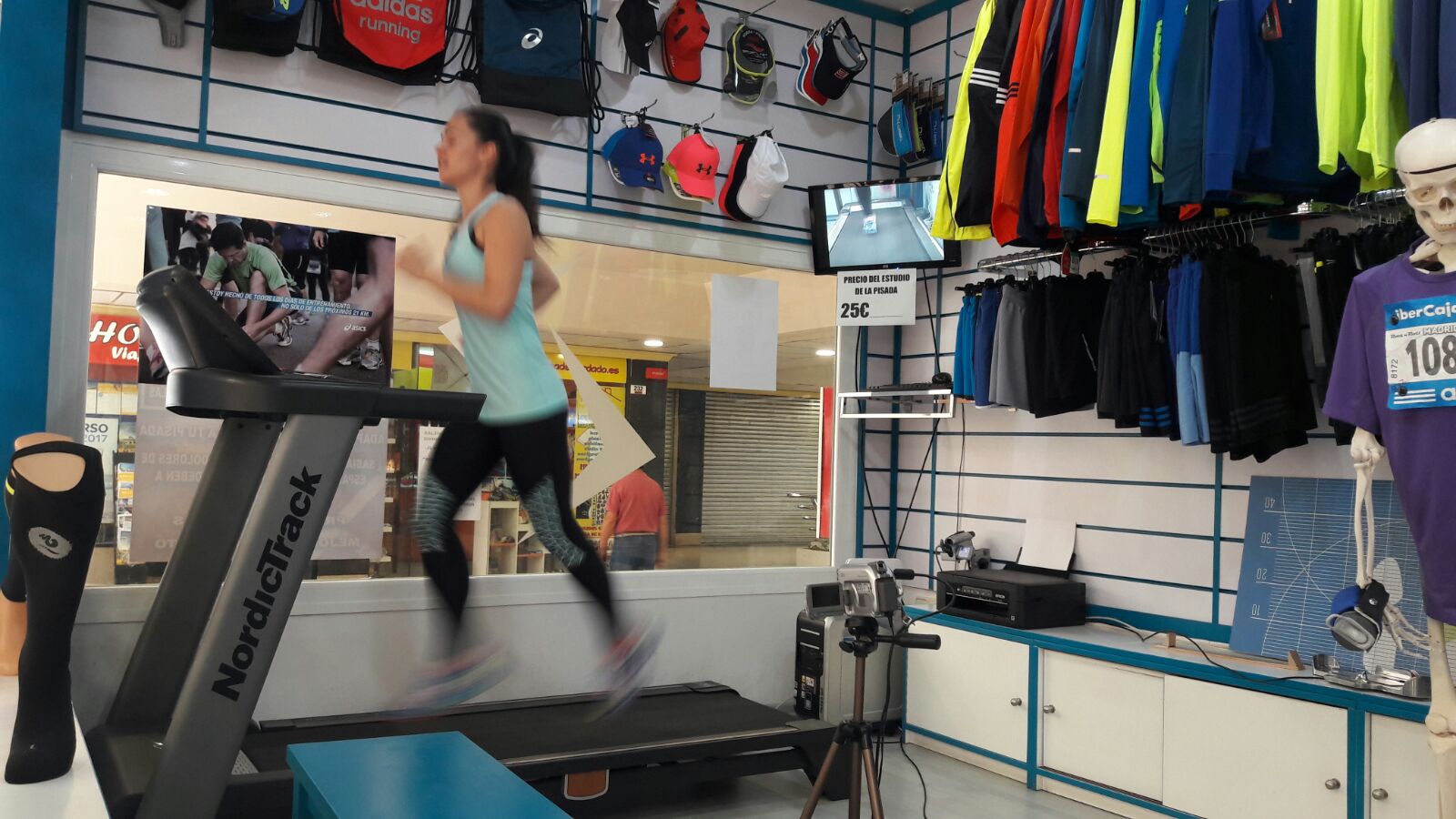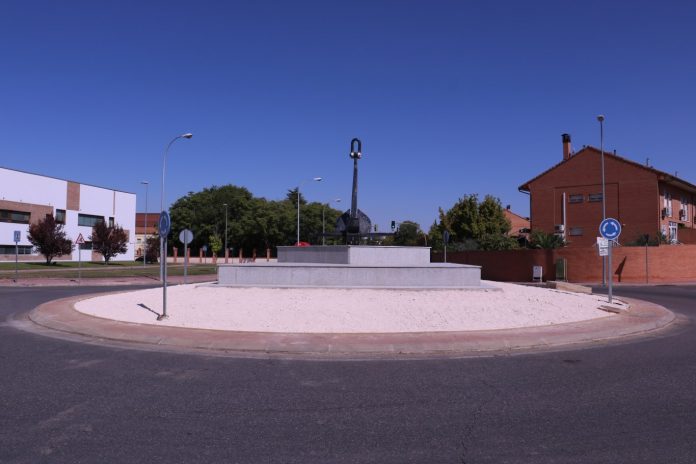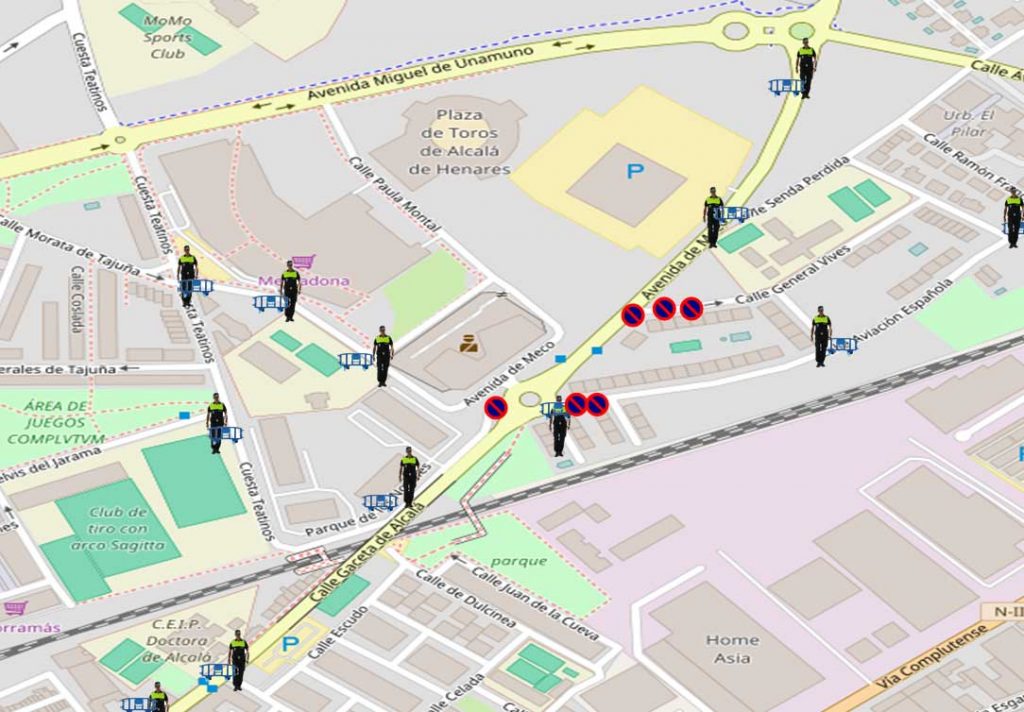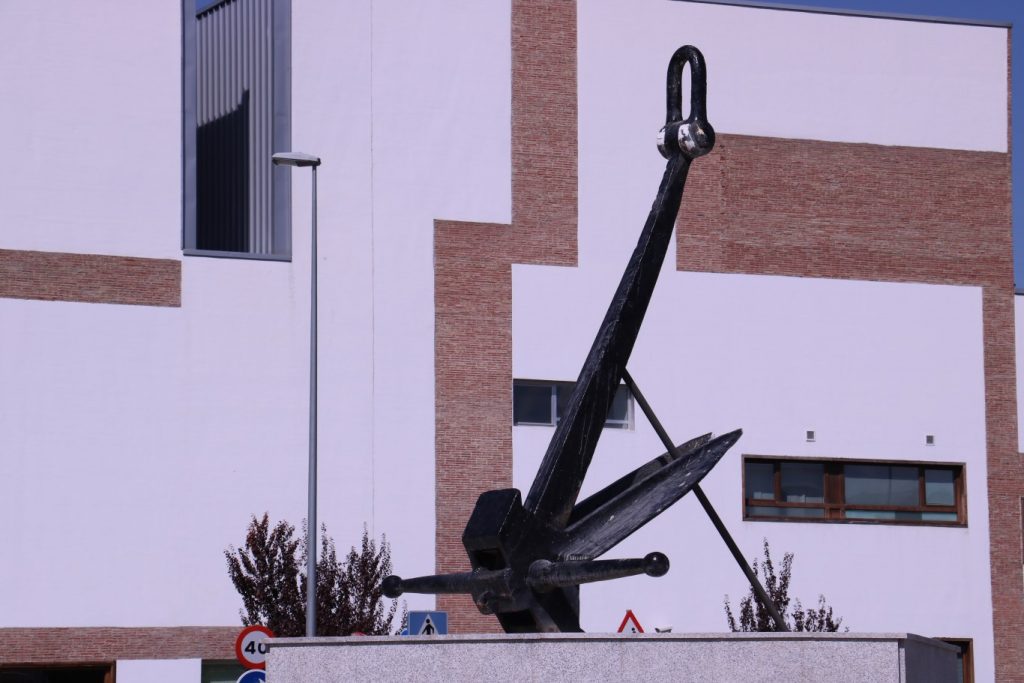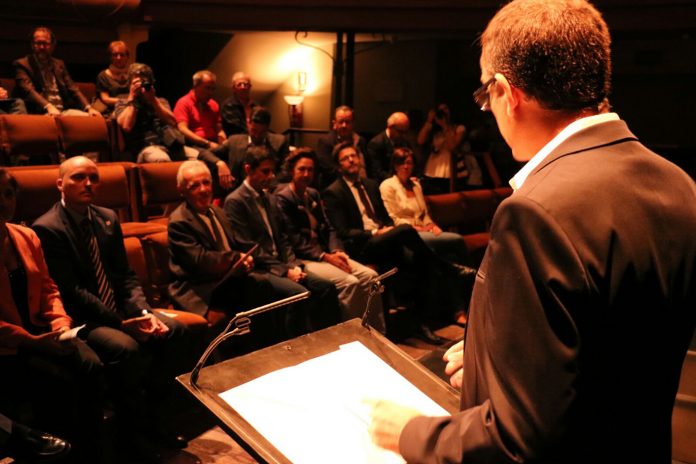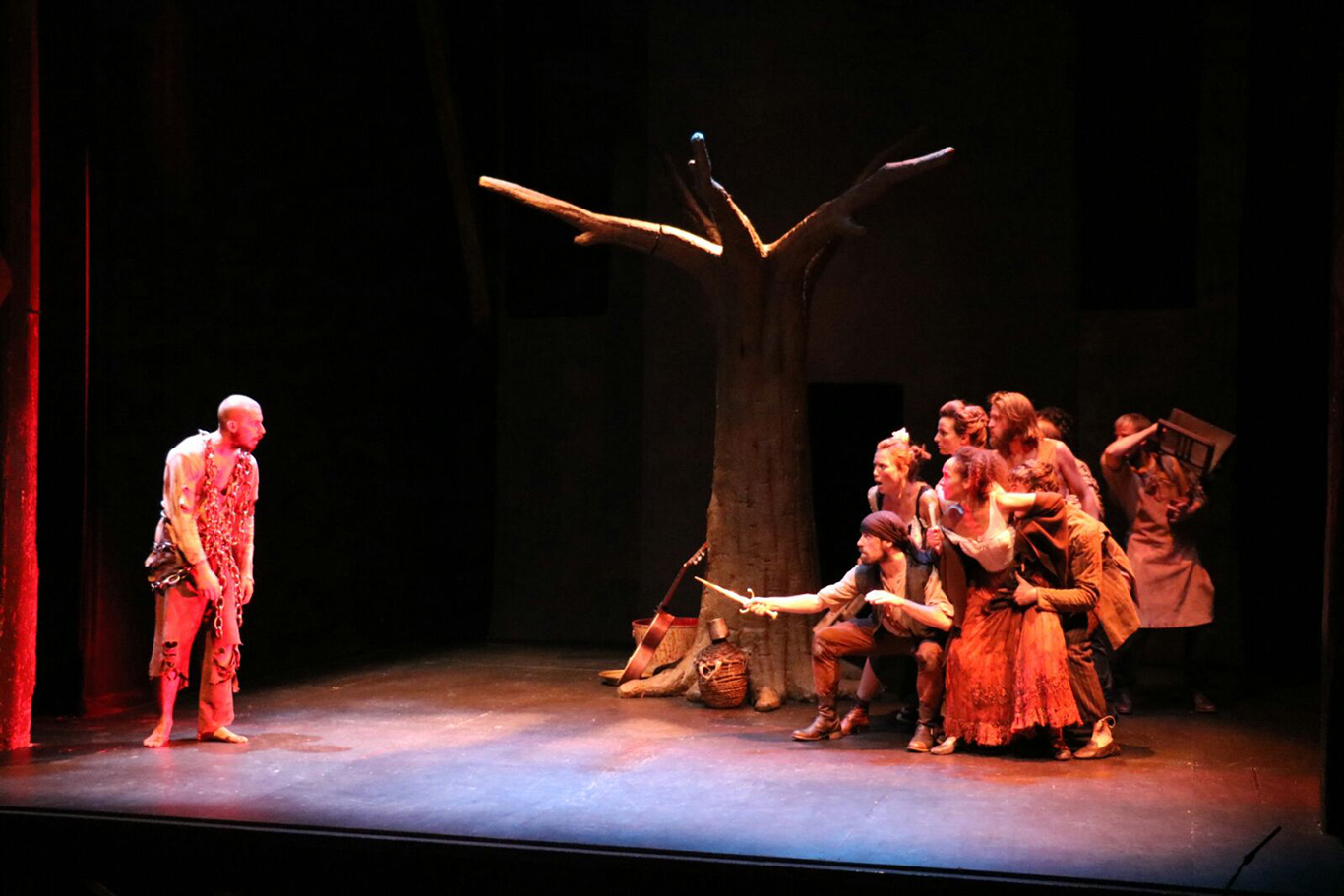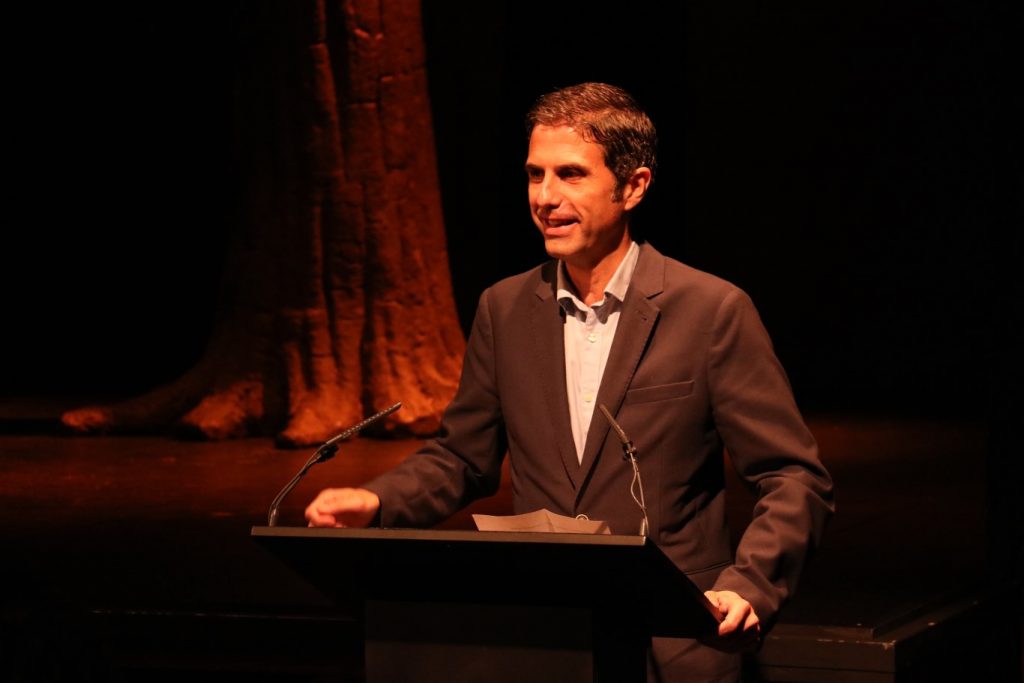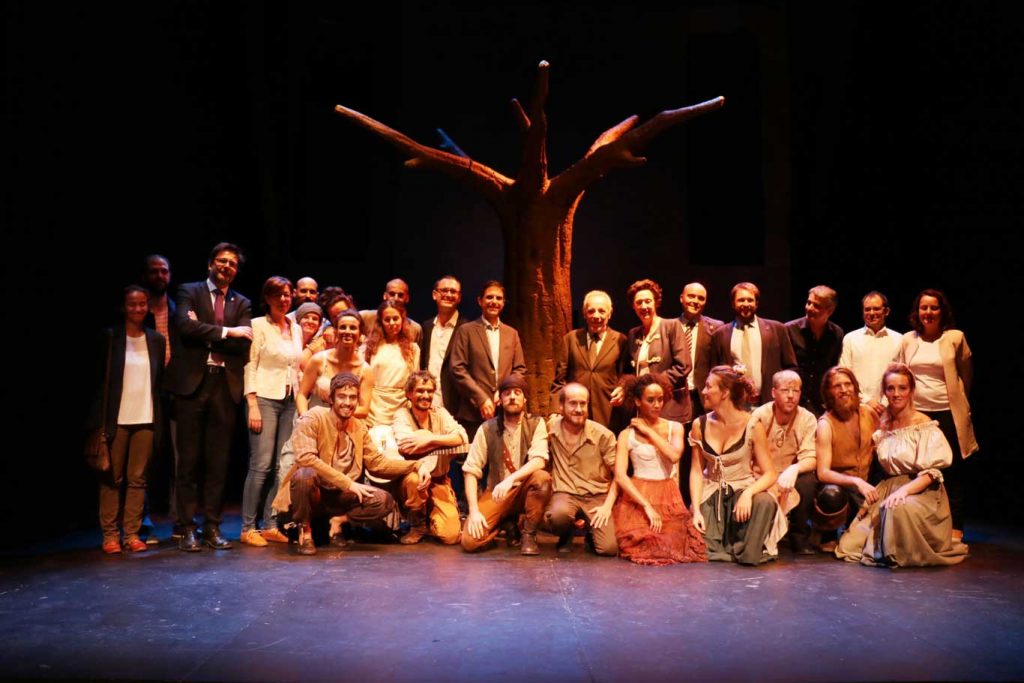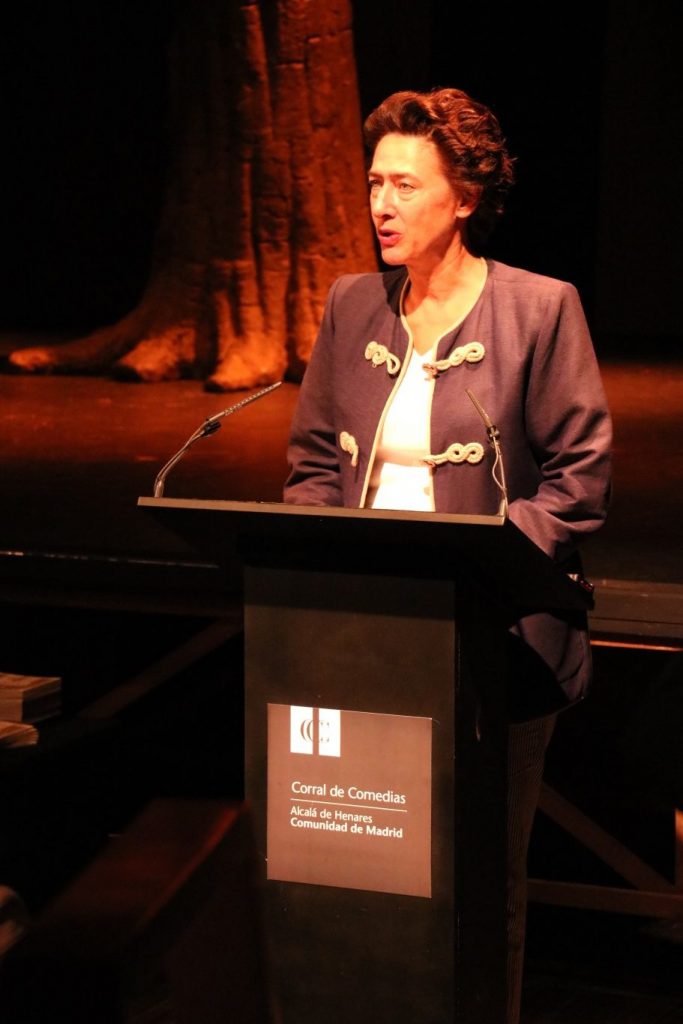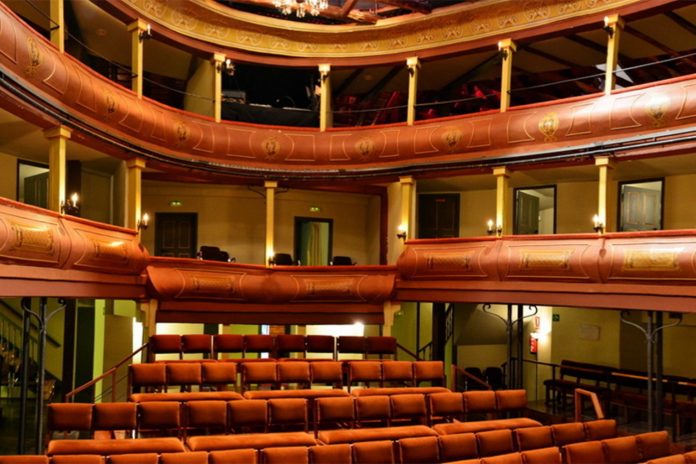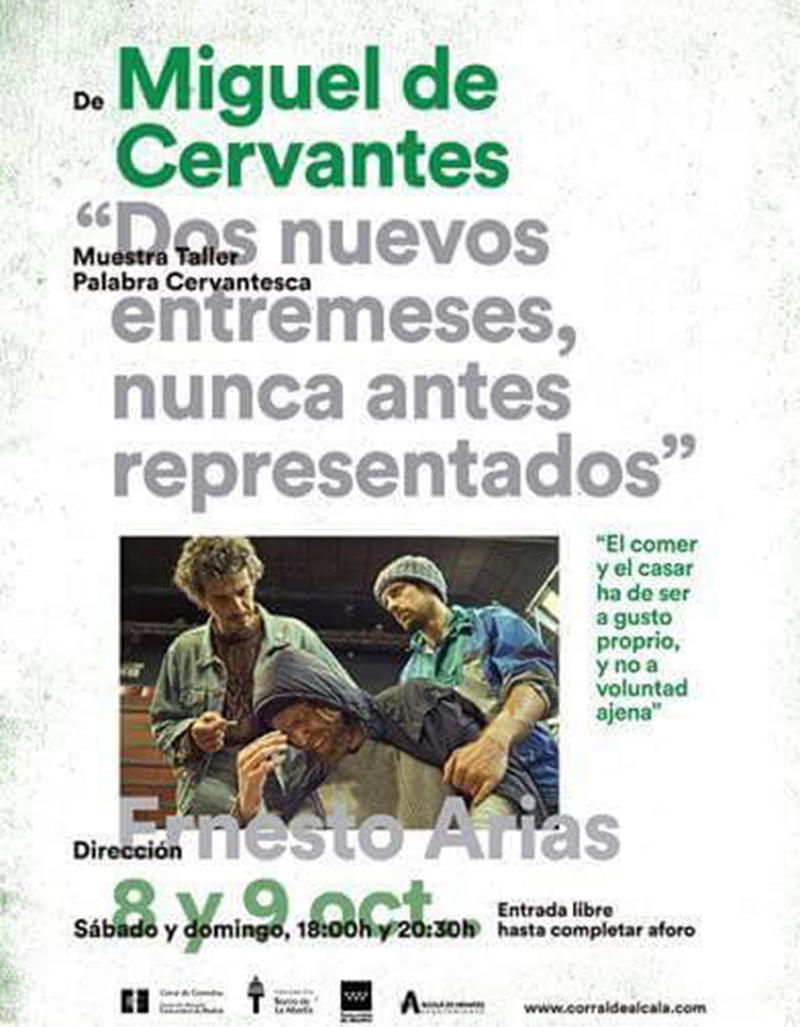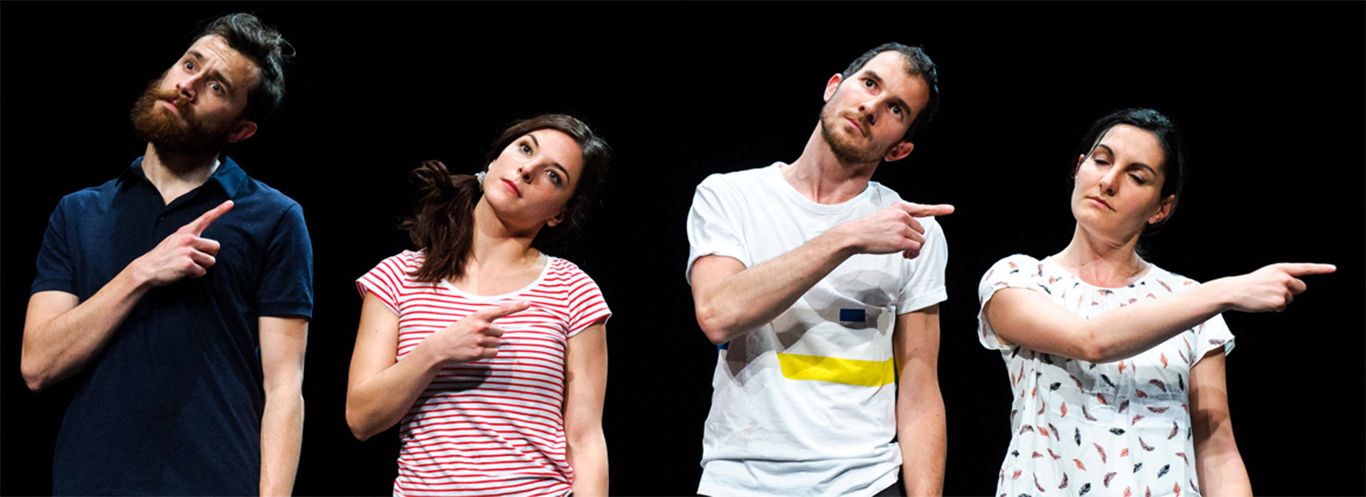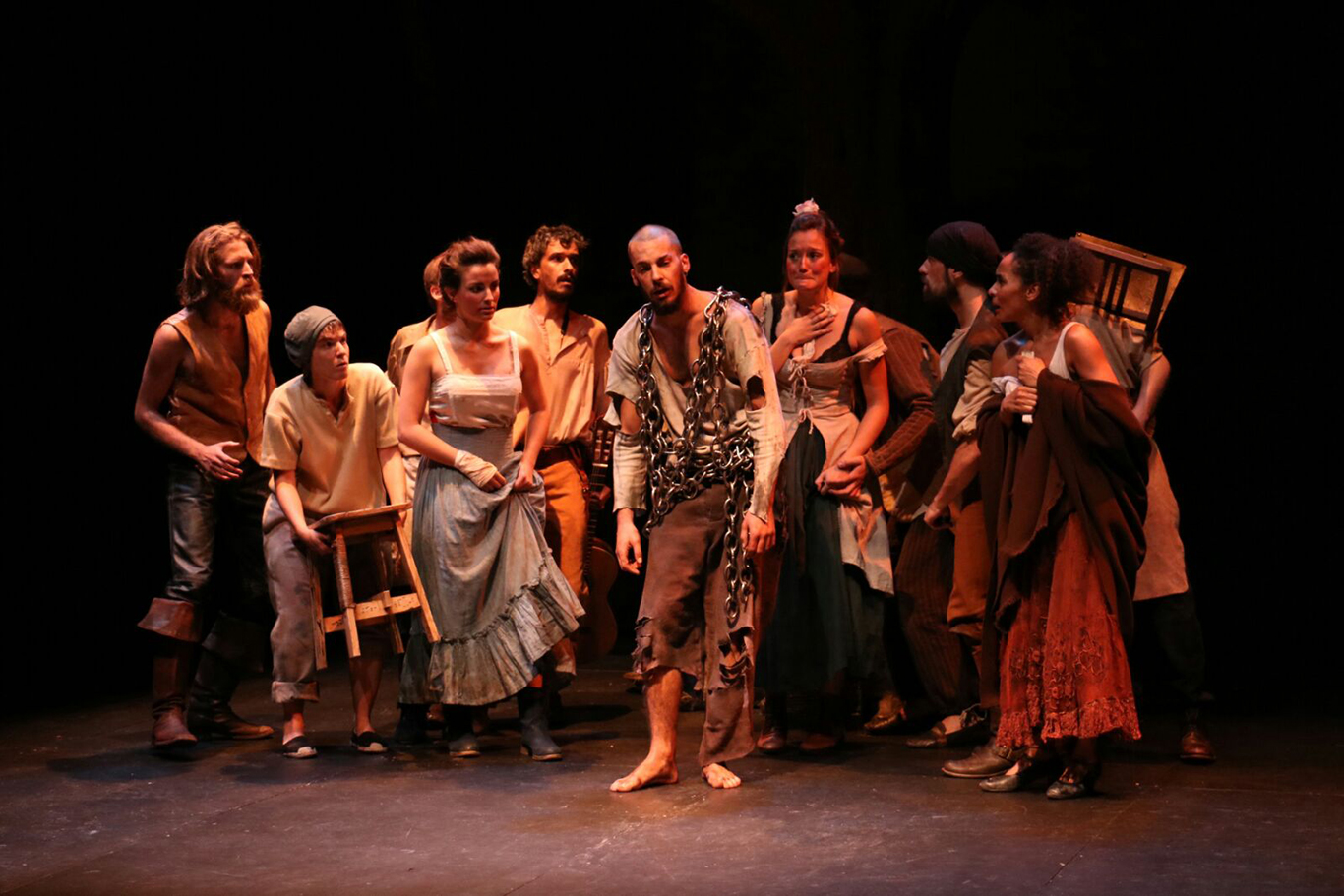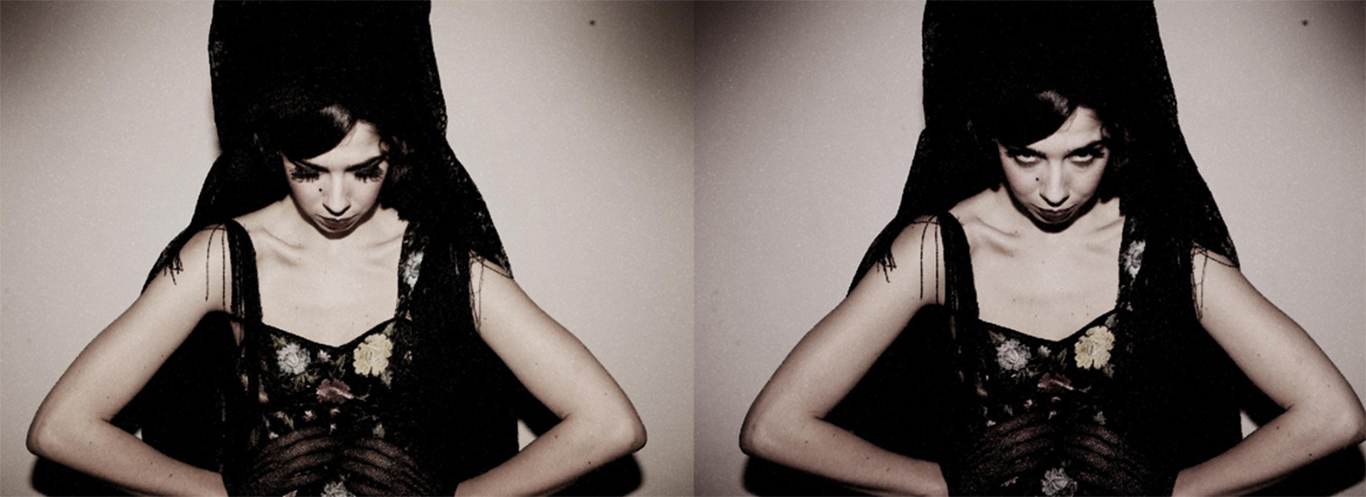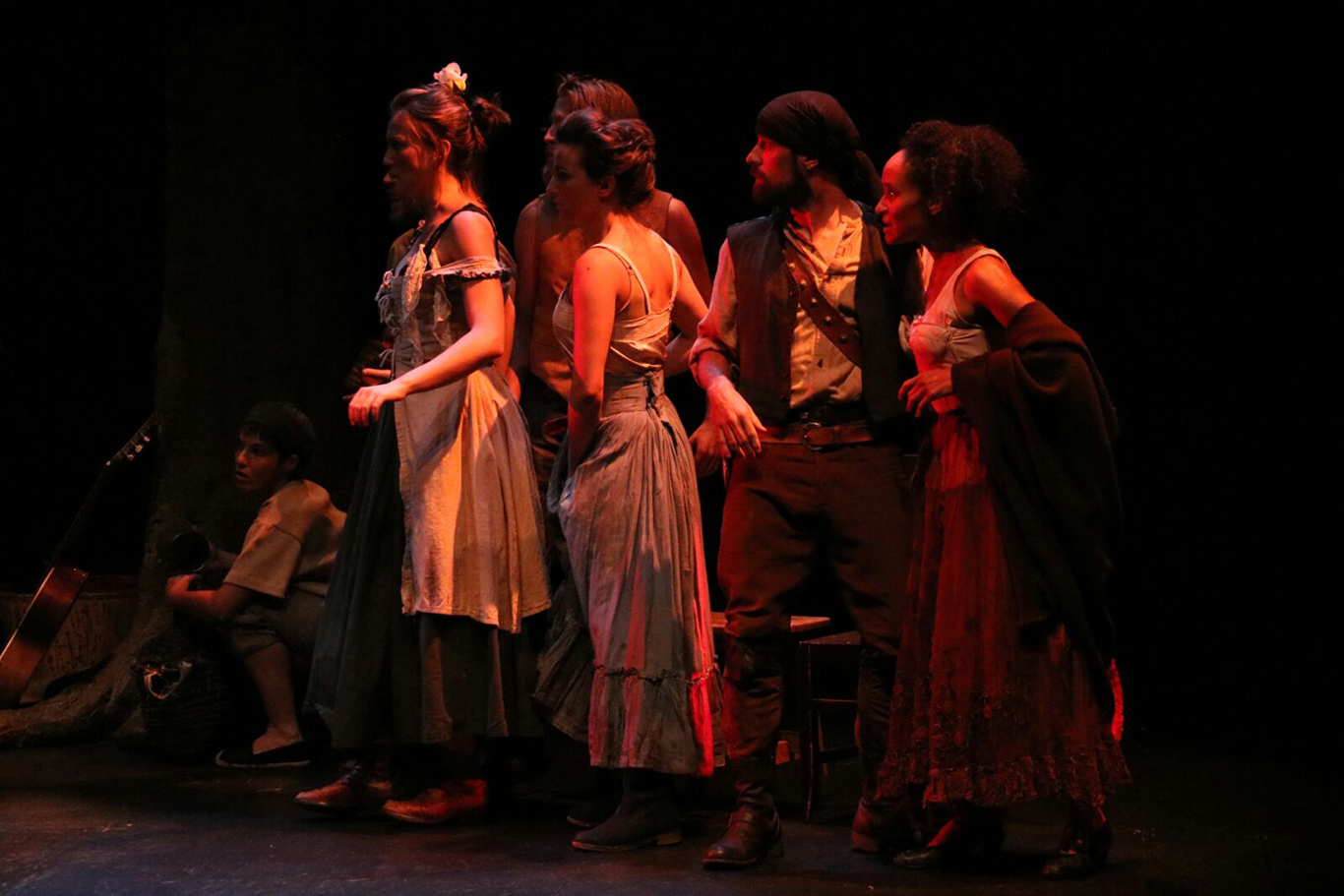Conoce día a día el Programa del Mercado Cervantino 2016 de Alcalá de Henares. El mayor acontecimiento festivo, turístico y cultural de la ciudad Patrimonio de la Humanidad que vio nacer a Miguel de Cervantes.
Programa del Mercado Cervantino 2016 – Viernes 7 de octubre
MAÑANA
12:00 Pasacalles de apertura del mercado con D. Quijote y Sancho, acompañados por los músicos de Jabardeus, Alquimia Danza, el cetrero y el domador de serpientes. Plaza de Cervantes.
12:30 Pasacalles musical. UT. Itinerario 2
12:30 Krakort. Don Hueso. Itinerario 3
12:30 Paseo de ocas. Itinerario 2
12:30 Pasacalles musical Camino de Barataria. Cremallera. Itinerario 1
12:30 Bufones de circo. Bambolea. Plaza San Diego.
12:30 Entremés de los habladores. De Miguel de Cervantes. La Recua Teatro. Corral de Comedias. Plaza Palacio
13:00 Domador de serpientes. El Indio. Itinerario 1
13:00 Quijote y Sancho. Recorrerán el mercado.
13:00 Fakir Testa. Plaza de Cervantes
13:30 Alquimia Danza. Plaza San Diego
13:30 Minotauro. MST. Itinerario 3
14:00 Jugueteros. Zancudos. Bambolea. Itinerario 3
14:00 Exhibición de vuelo de la Cetrería. Paco Miranda. Huerta del Obispo
14:00 Pasacalles musical. UT. Itinerario 1
14:00 Las cortes de la muerte. Escenas quijotescas. La Recua Teatro. Corral de Comedias. Plaza Palacio
14:00 El Gran Gigante. Fantasías Cervantinas. Cremallera. Itinerario 2
14:00 Paseo de ocas. Itinerario 1
14:00 Pasacalles musical. Jabardeus. Itinerario 3
14:00 Krakort. Don Hueso. Itinerario 2
TARDE
18:00 Pasacalles de apertura con D. Quijote y Sancho, acompañados por los músicos de Acibreira, el cetrero y el domador de serpientes. Plaza de Cervantes.
18:00 Surix, el hombre árbol. Don Hueso. Itinerario 1
18:00 Torneos Medievales. Legend Especialistas. Huerta del Obispo.
18:00 El ser va antes. Guión, Achero Mañas. Interprete, Pere Ponce. Corral de Comedias. Plaza Palacio
18:30 Pasacalles Musical UT. Itinerario 1
18:30 Pasacalles Musical. Buscando el Toboso. Cremallera. Itinerario 2
18:30 El Viejo Celoso. Teatro de calle. La Comedia Andante. Itinerario 1
18:30 Alquimia Danza. Itinerario 2
18:30 Paseo de ocas. Itinerario 1
18:30 Pasacalles Musical Jabardeus. Itinerario 3
19:00 Minotauro. MST. Huerta del Obispo
19:00 Bufones de circo. Bambolea. Plaza San Diego
19:00 Surix, el hombre árbol. Don Hueso. Itinerario 2
19:30 Fakir Testa. Plaza de Cervantes.
19:30 Exhibición de vuelo de la Cetrería. Paco Miranda. Huerta del Obispo
19:30 Paseo de ocas. Itinerario 2
19:30 Torneos Medievales. Legend Especialistas. Huerta del Obispo
20:00 Alquimia Danza. Plaza de Cervantes
20:00 El ser va antes. Guión, Achero Mañas. Interprete, Pere Ponce. Corral de Comedias. Plaza Palacio
20:00 Quijote y Sancho. Recorrerán el mercado.
20:00 La compañía del Angulo el Malo. Teatro de calle. La Comedia Andante. Itinerario 1
20:00 Pasacalles Musical. Camino de Barataria. Cremallera. Itinerario 3
20:00 Pasacalles musical Jabardeus. Itinerario 1
20:00 Domador de serpientes. El Indio. Itinerario 2
20:30 El Engendro visita el Mercado. MST. Itinerario 3
20:30 Exhibición de vuelo de la Cetrería. Paco Miranda. Huerta del Obispo
20:30 Concierto de música celta con UT en la Huerta del Obispo
21:00 Paseo de ocas. Itinerario 1
21:00 Fakir Testa. Plaza San Diego.
21:00 El Bufón plastón. Don Hueso. Plaza San Diego
21:30 Animación musical. Jabardeus. Itinerario 3
21:30 Domador de serpientes. El Indio. Itinerario 1
21:30 Alquimia Danza. Plaza Cervantes
22:00 Bufonadas. Teatro de calle. La Comedia Andante. Itinerario 2
22:00 Delirios de Cervantes. Espectáculo de fuego. Cremallera. Plaza de Cervantes
22:00 Avalon. Espectáculo de fuego. Bambolea. Plaza San Diego
Programa del Mercado Cervantino 2016 día a día:
También te interesa:
Programación de la Huerta del Obispo
Programación Corral de Comedias situado en la Plaza de Palacio
Programa de la Semana Cervantina 2016
Mercado Cervantino 2016 de Alcalá de Henares
Tráfico y aparcamiento:
Dispositivo especial de tráfico Mercado Cervantino 2016
Cambios en los recorridos de los autobuses durante el Mercado Cervantino


